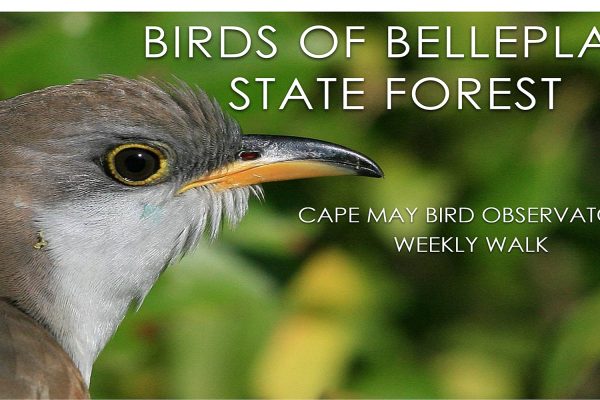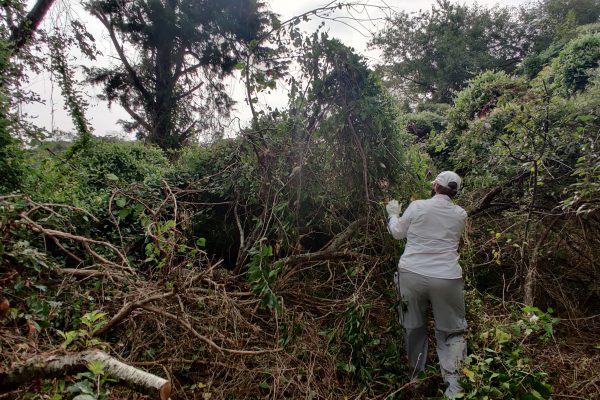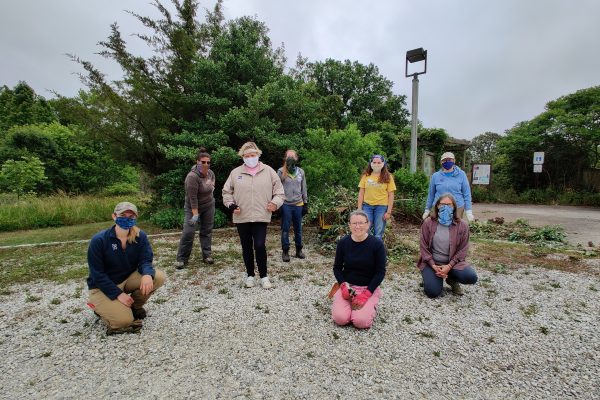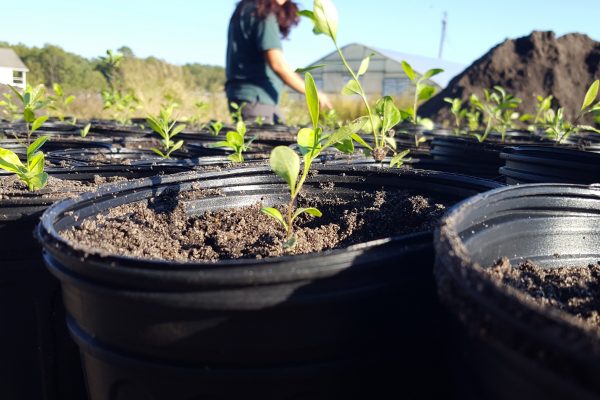Cape May Point State Park Maritime Forest Restoration Project
Cape May Point State Park (CMPSP) in Lower Township and Cape May Point, Cape May County, NJ is more than 240 acres of freshwater wetlands, scrub shrub habitat, maritime forest, open water, and dune and coastal habitat. The Park not only offers excellent recreational opportunities to its many visitors, it also provides critical stopover habitat to the many migrating songbirds, waterfowl, raptors, shorebirds, and butterflies that pass by each spring and fall. The park is also home to a variety of common, rare, or imperiled wildlife and plants. Unfortunately, many areas in the park are now highly degraded due to increased spread of non-native invasive plants, including sweet autumn clematis, porcelain berry, mile-a-minute, English ivy, oriental bittersweet, and privet. These aggressive plants often out-compete native vegetation, resulting in less plant diversity and habitat structure. Non-native invasive plants offer little benefits to the variety of wildlife that rely upon the park’s diverse habitats, making invasive plants one of the top threats to wildlife in New Jersey.
Restoration Efforts
In February 2005, New Jersey Audubon began a collaborative effort with CMPSP to restore and enhance 25 acres of maritime forest along Seagrove Avenue. The project is focused on controlling non-native invasive plants by using mechanical, manual, and chemical control techniques, followed by reforestation and establishment of native species. The management activities are aimed to improve biodiversity and to restore native plant communities that support many resident and migratory wildlife, particularly migratory songbirds, raptors, and pollinators.
Native Species Using Maritime Forests
Resident and migrating wildlife, including Eastern box turtle, monarch butterfly, indigo bunting, broad-winged hawk, and others, depend on the maritime forests of Cape May Point State Park
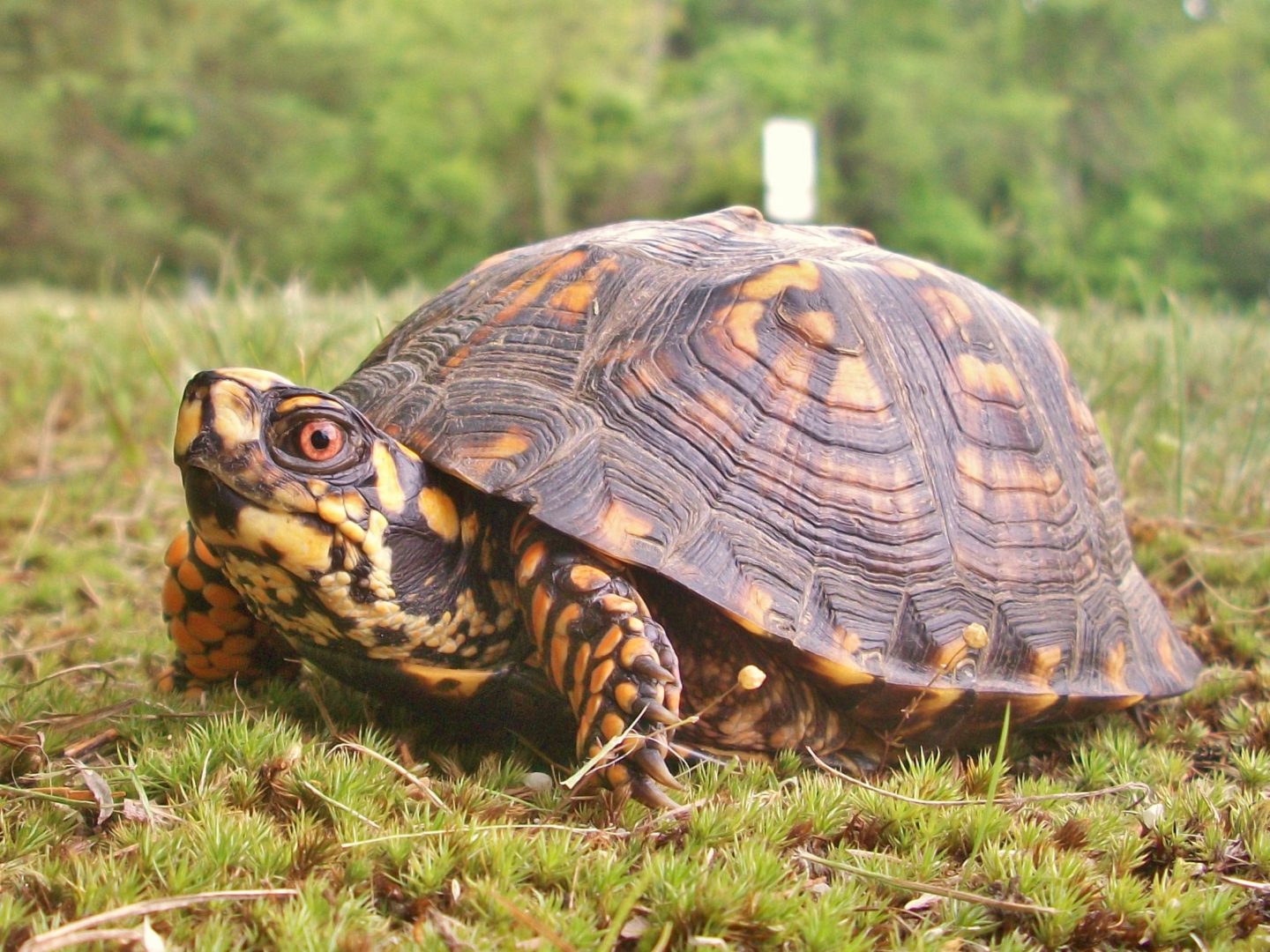
Eastern Box Turtle
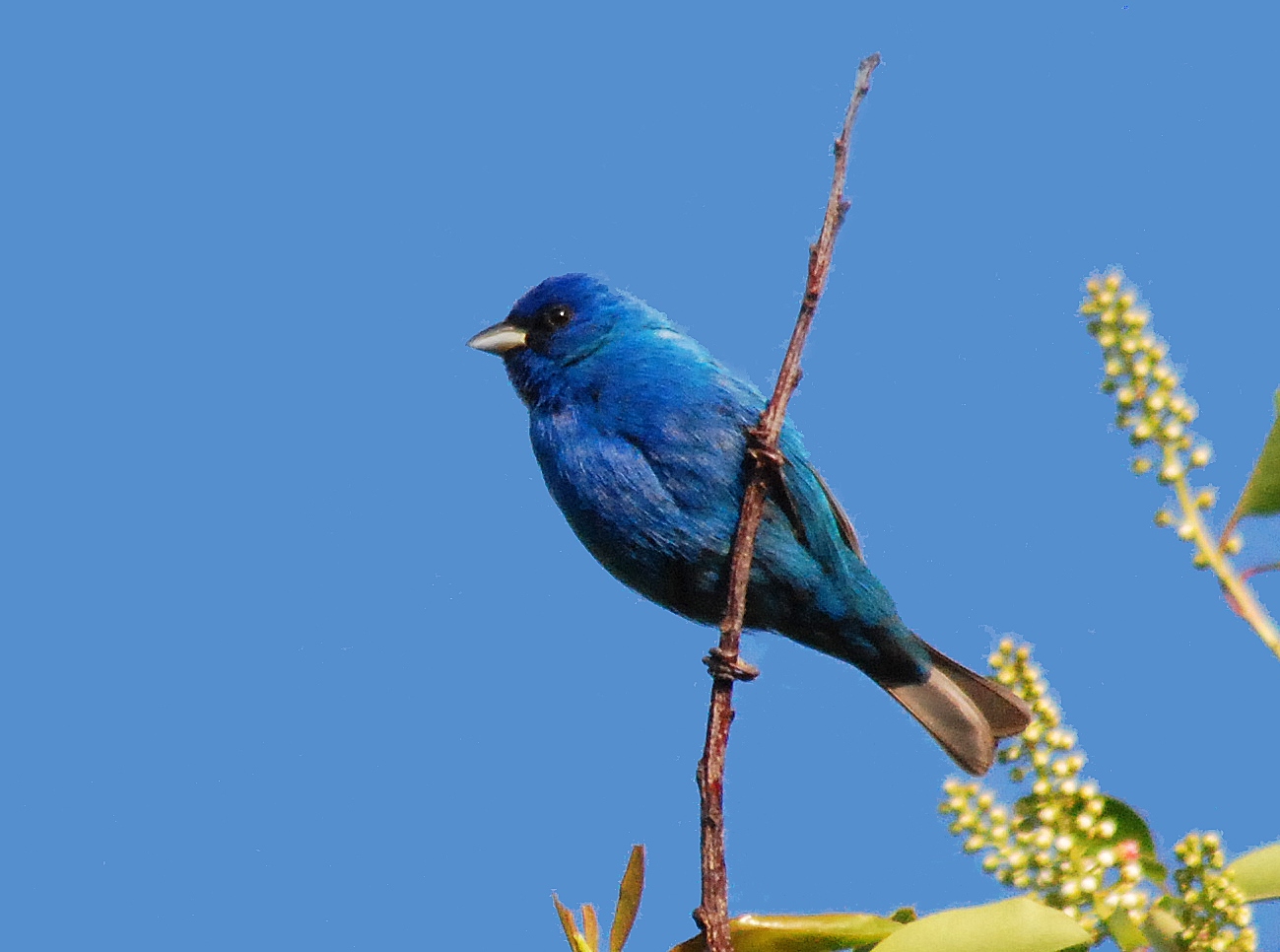
Indigo Bunting – Bill Lynch
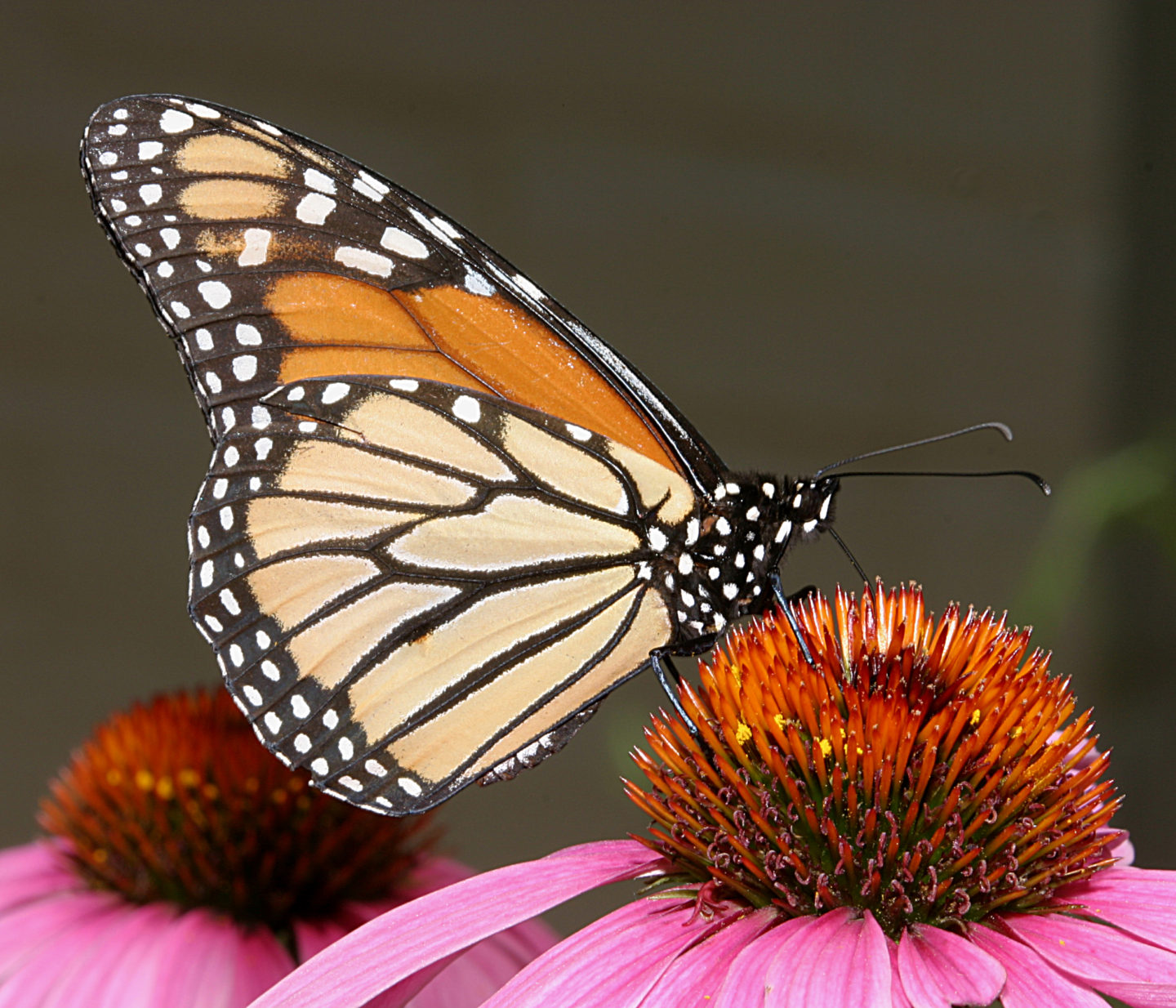
Monarch Butterfly
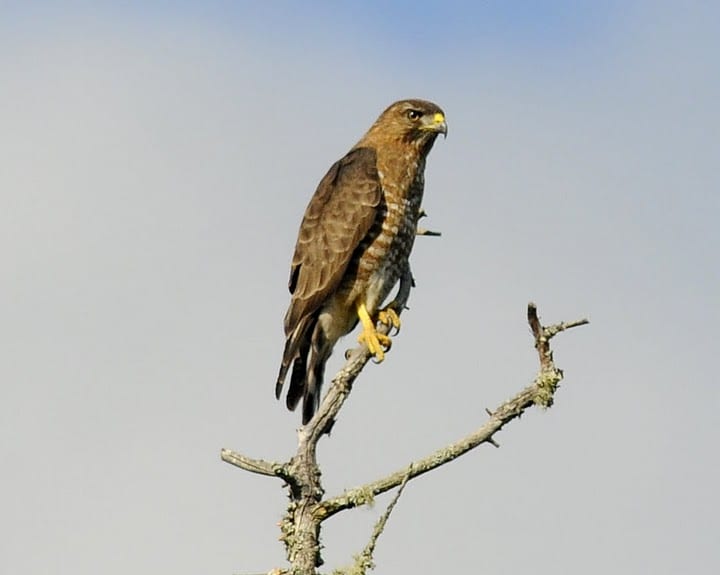
Broad Winged Hawk
Non-native invasive plant
An invasive species is a non-native organism which is causing harm to the environment, human health or the economy. They are shown to interrupt the natural functions of an ecosystem by impacting native plants and animals
Porcelain berry and Sweet-autumn clematis are two non-native invasive plants that are decimating habitat at Cape May Point State Park and the surrounding area.
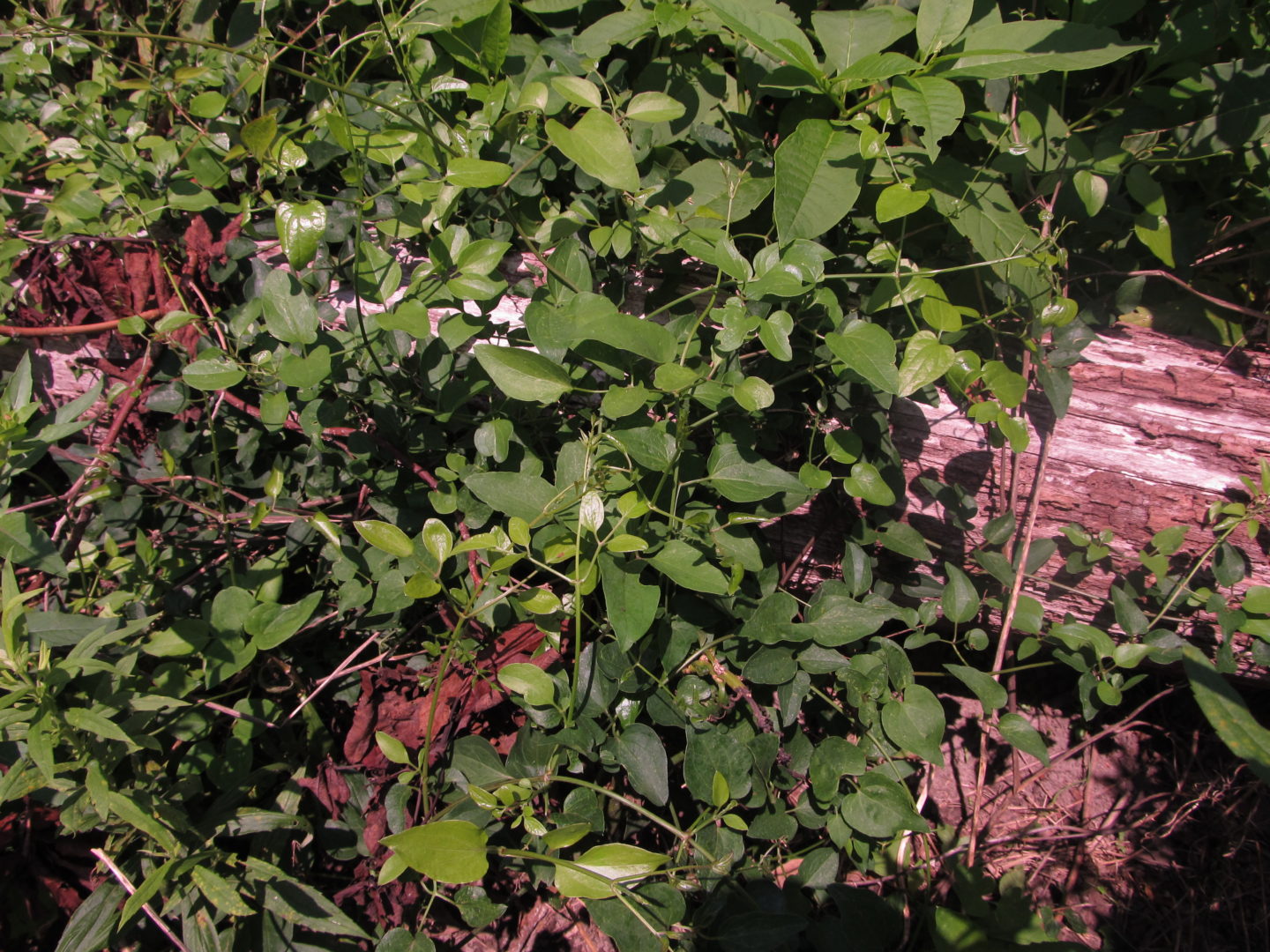
Sweet Autumn Clematis
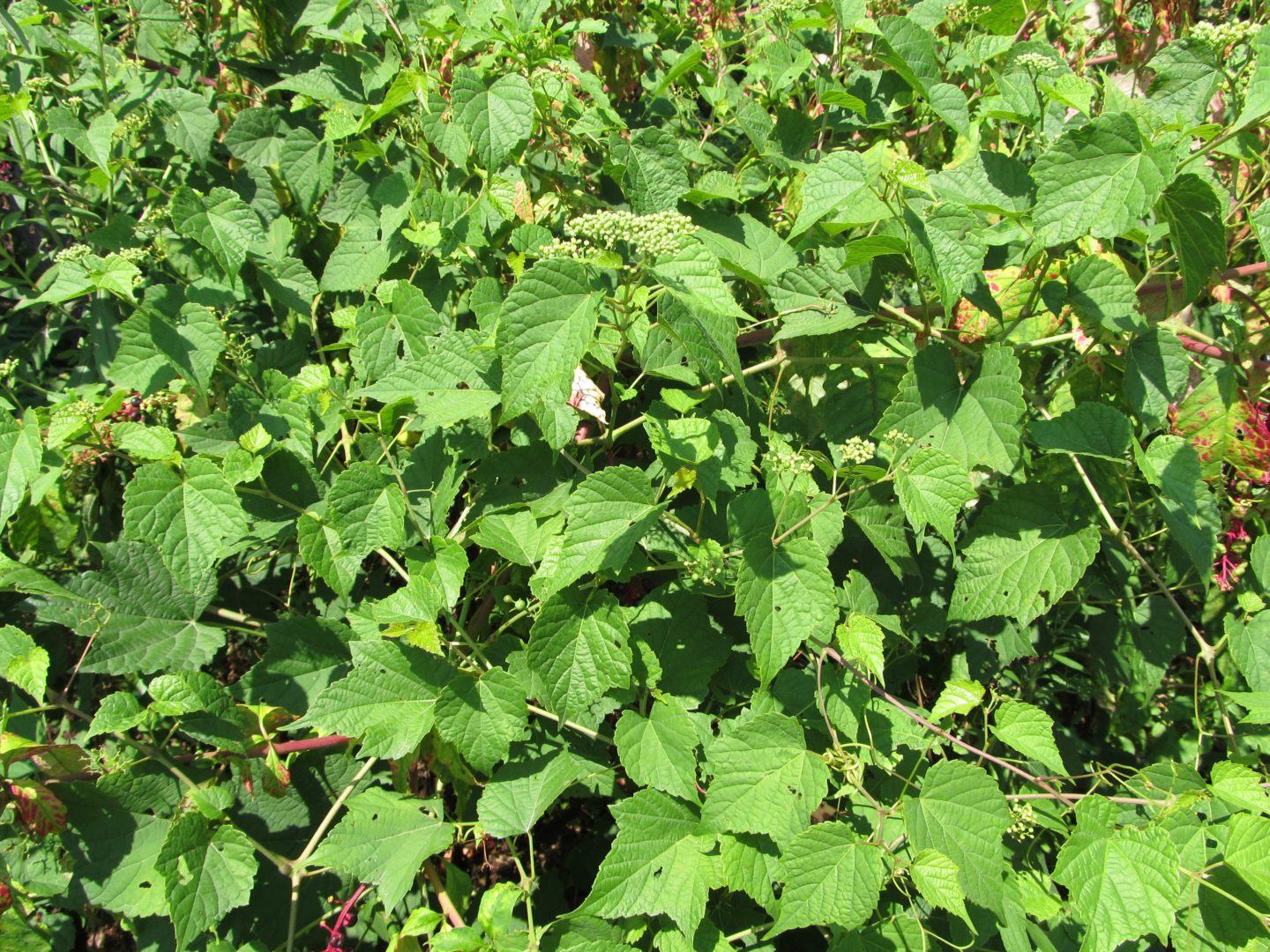
Porcelain Berry
History
Cape May Point State Park Forest Restoration Timeline
August 2018: Funding was secured to continue restoration work at Cape May Point State Park.
Summer 2017: New Jersey’s Natural Area Council approved continuation of the forest restoration project.
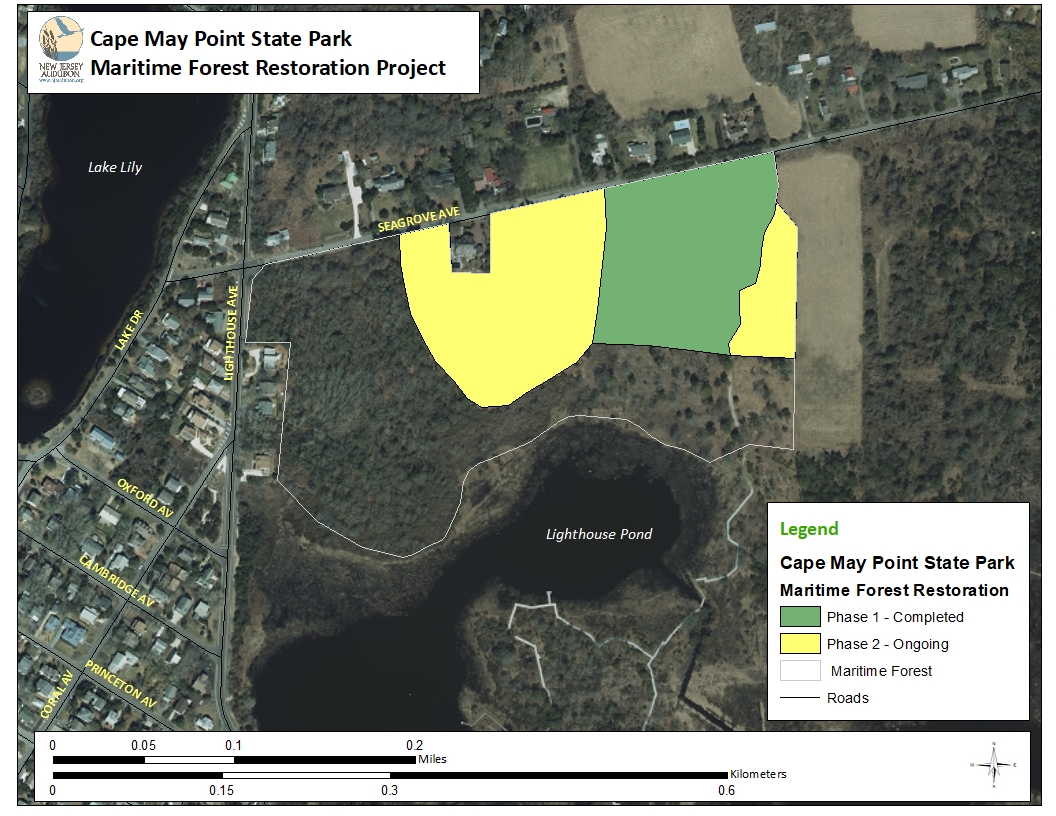
November 2015: NJ Audubon sent cleaned seed to Clemenson Farms Native Nursery to propagate for future plantings at Cape May Point State Park.
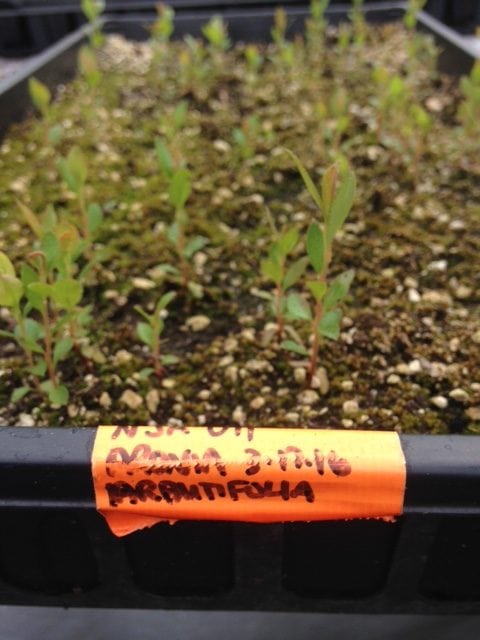
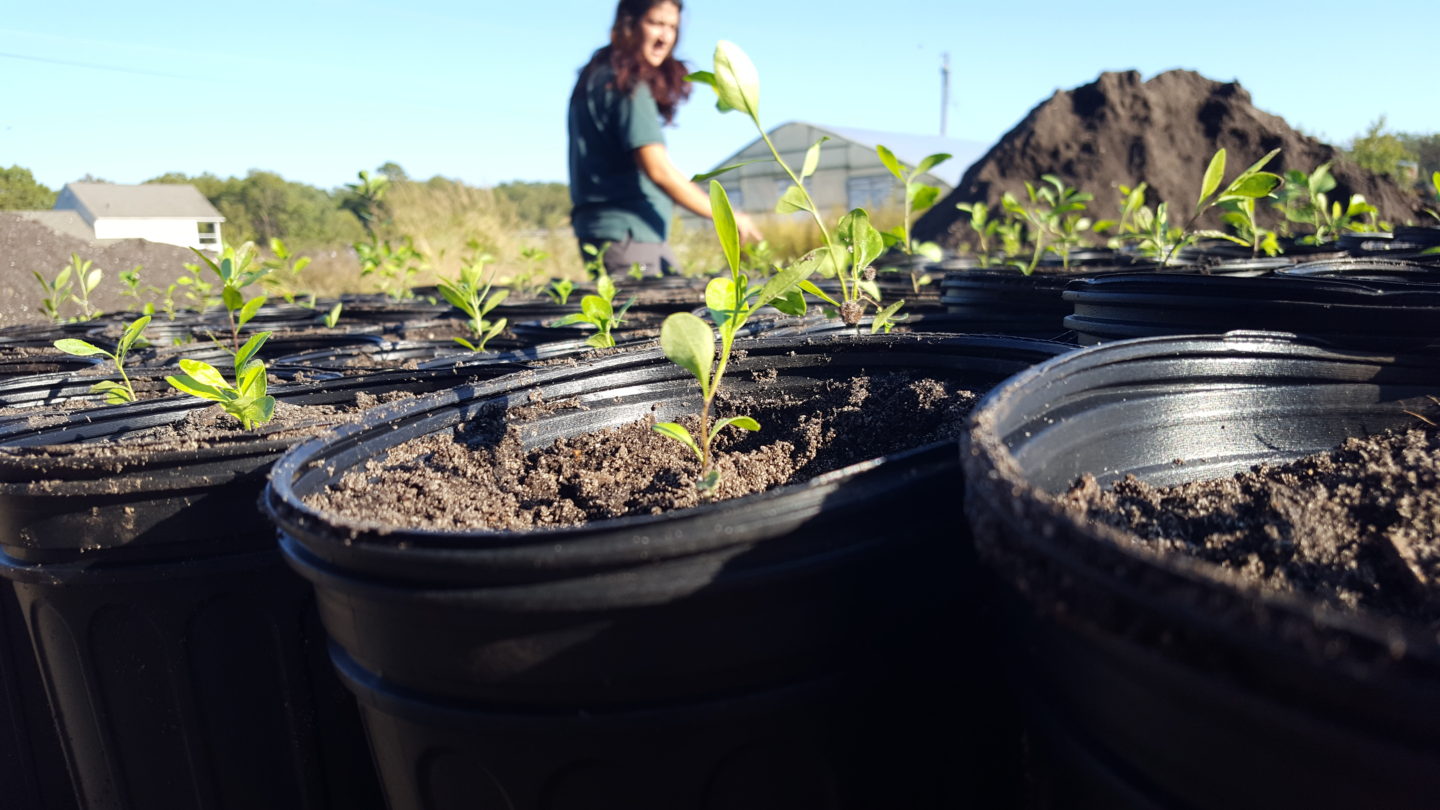
Summer 2015: New Jersey Audubon and Cape May Point State Park apply herbicide to invasive vegetation in newly expanded areas of the project.
June 2015: New Jersey Audubon, along with several partners, hosted an Invasives 101 workshop that drew over 50 participants.
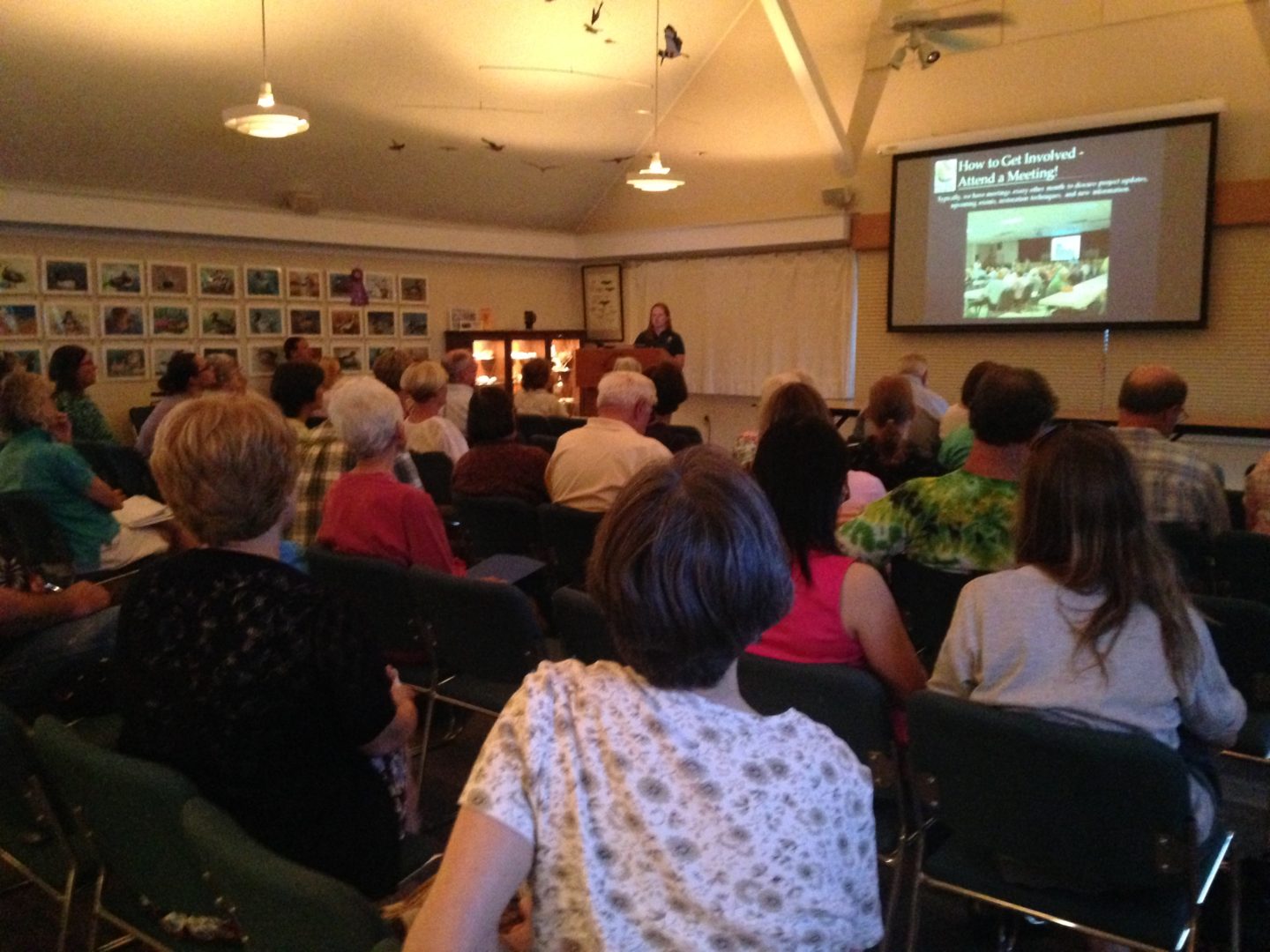
April 2015: A Garlic Mustard pull was held at the site and with the help of Meadows + More and a neighbor, lunch was provided that featured garlic mustard as the main ingredient.
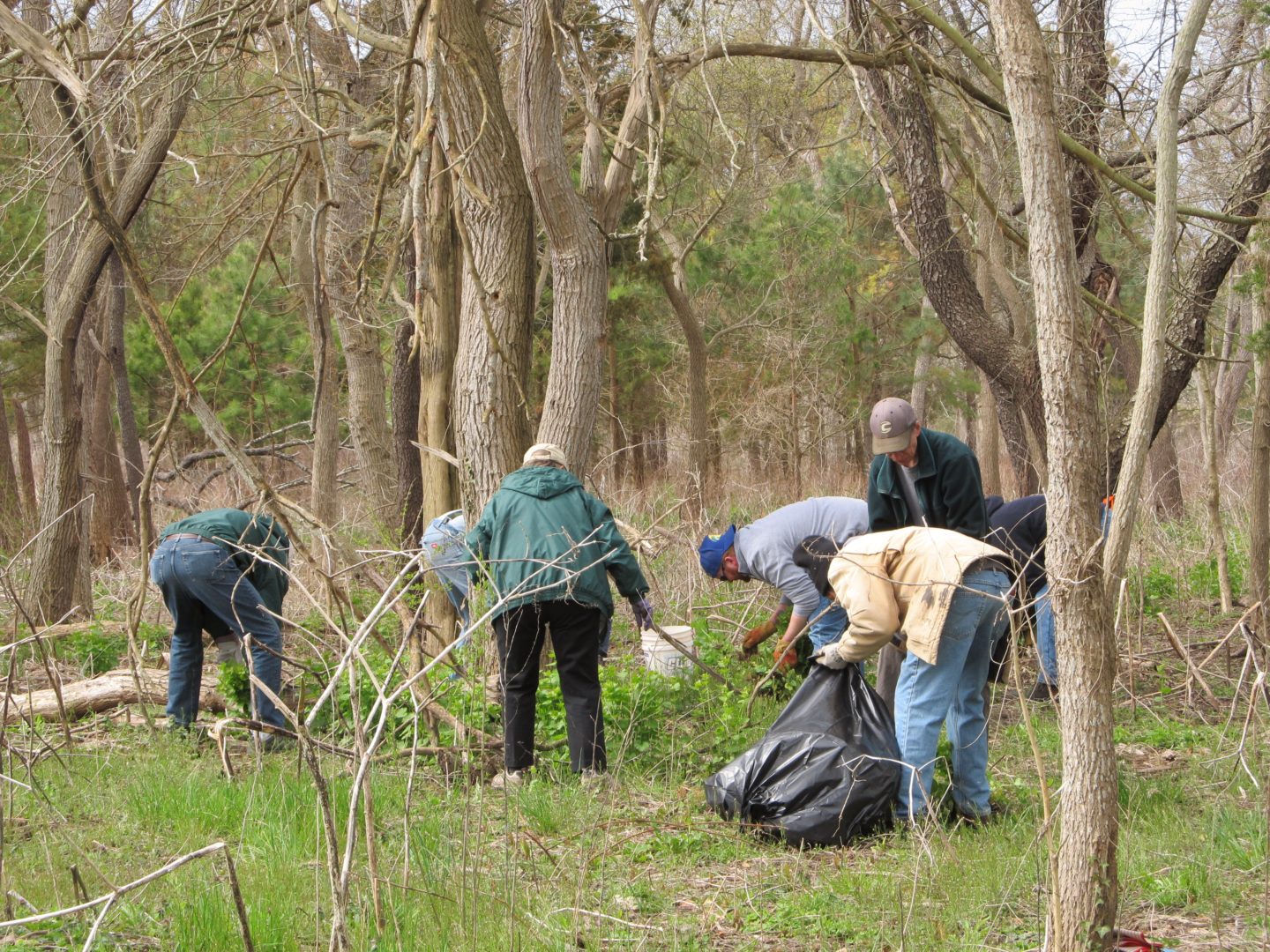
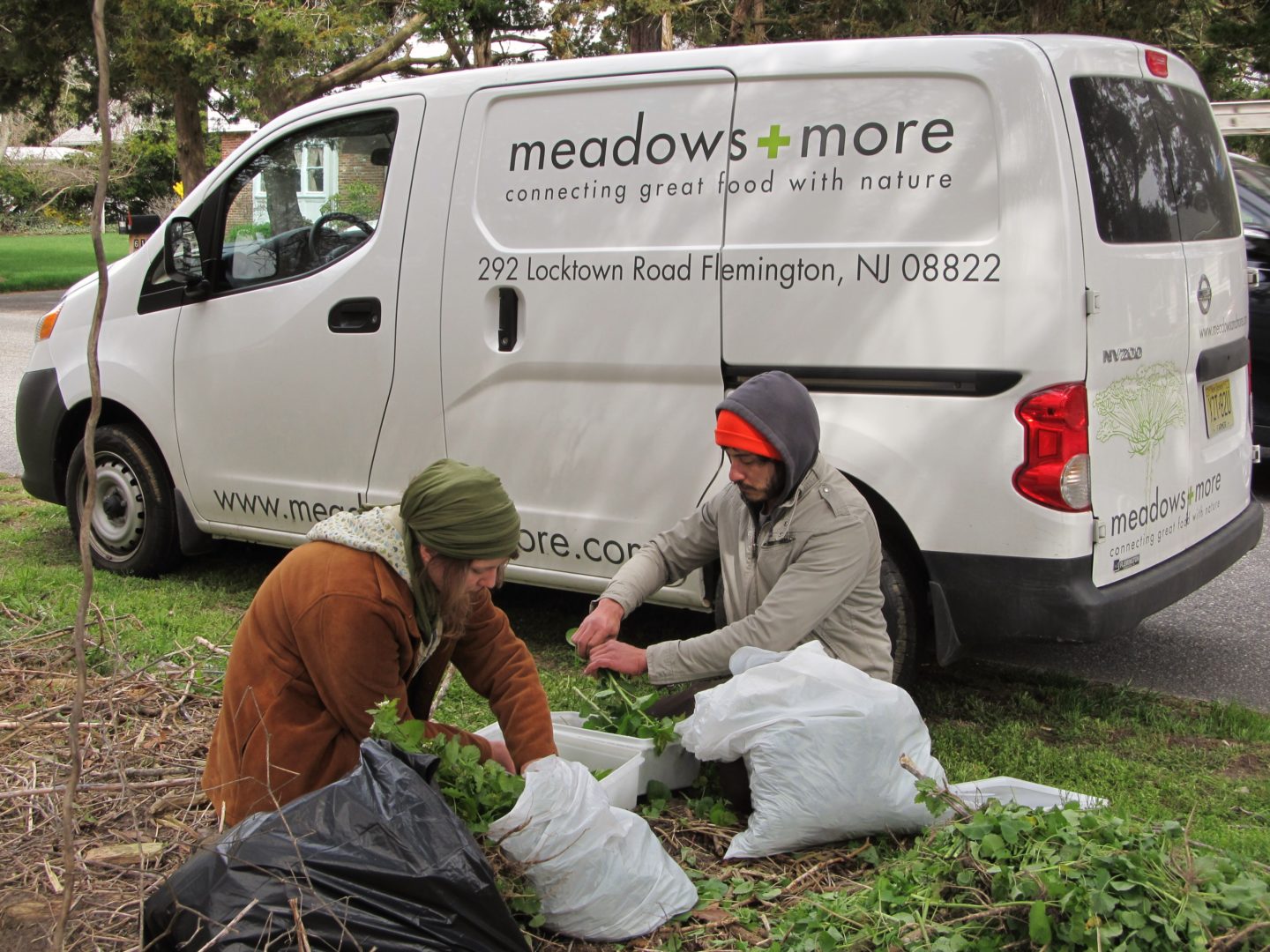
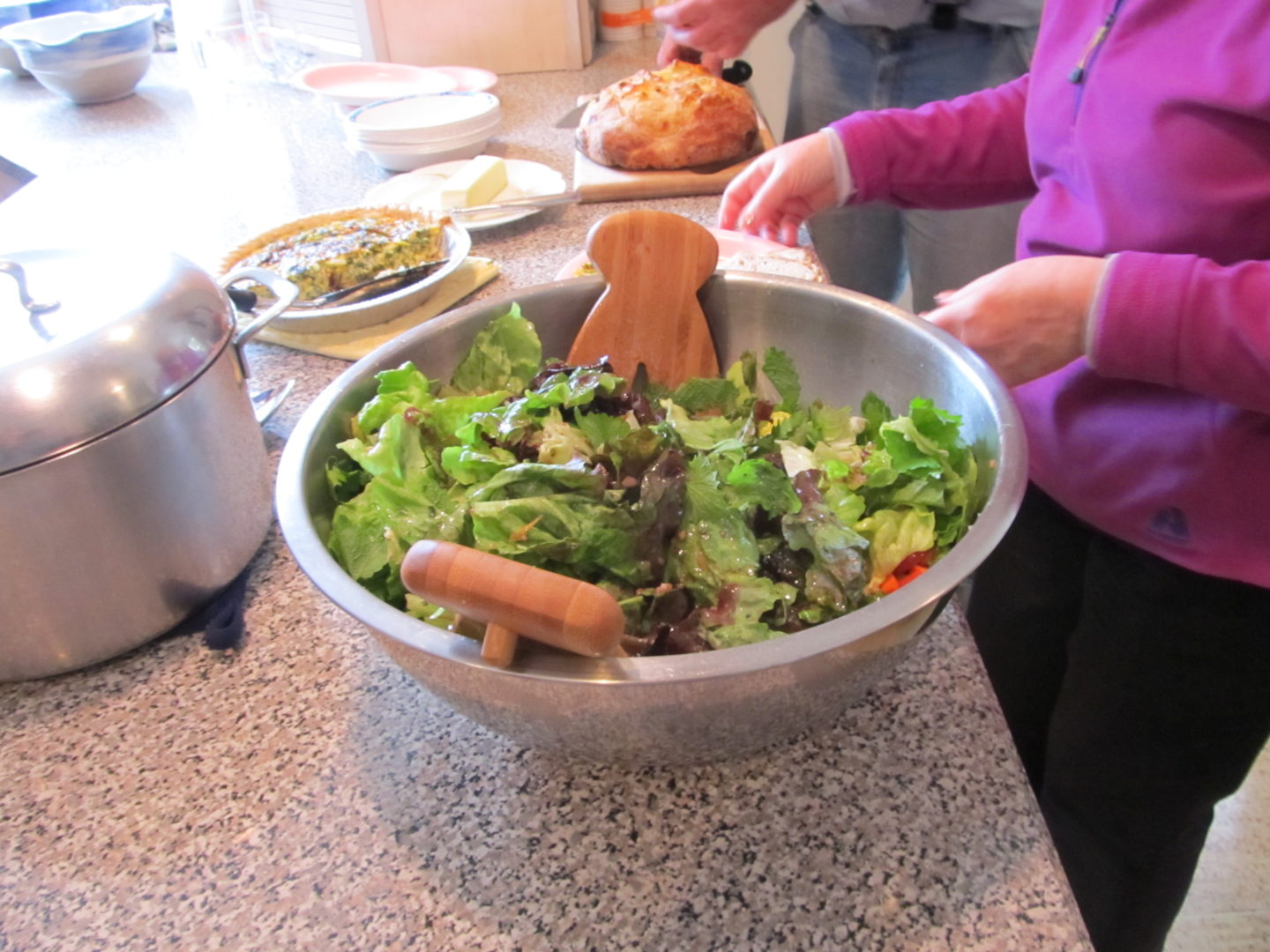
Spring 2015: New Jersey Audubon worked with Mid-Atlantic Regional Seed Bank to collect native seed from natural areas throughout Cape May County. The seeds will be used to develop native plant stock for the restoration project.
March 2015: NJ Audubon and Cape May Point State Park used a forestry mower to clear invasive vines on the additional 8 acres.
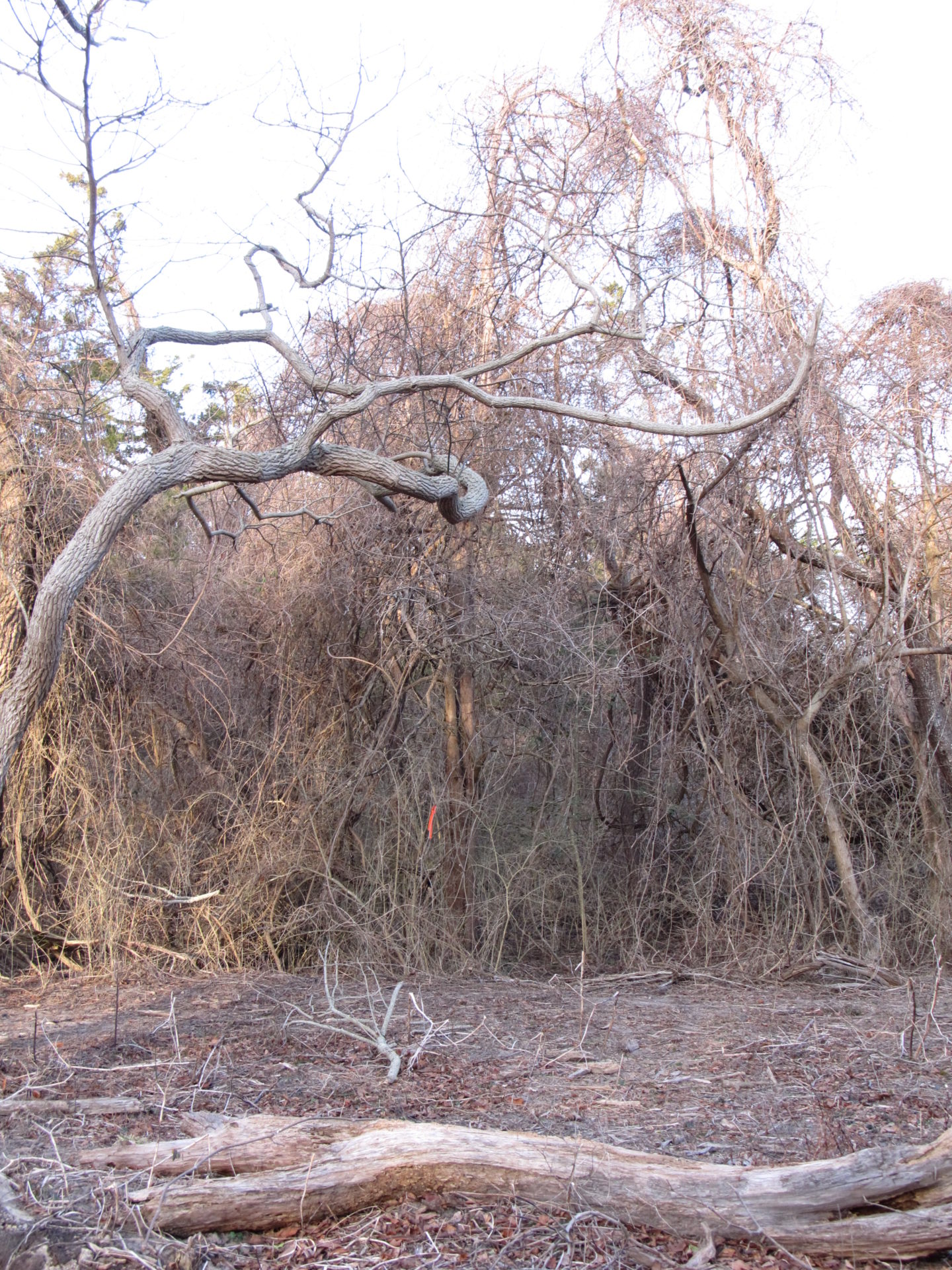
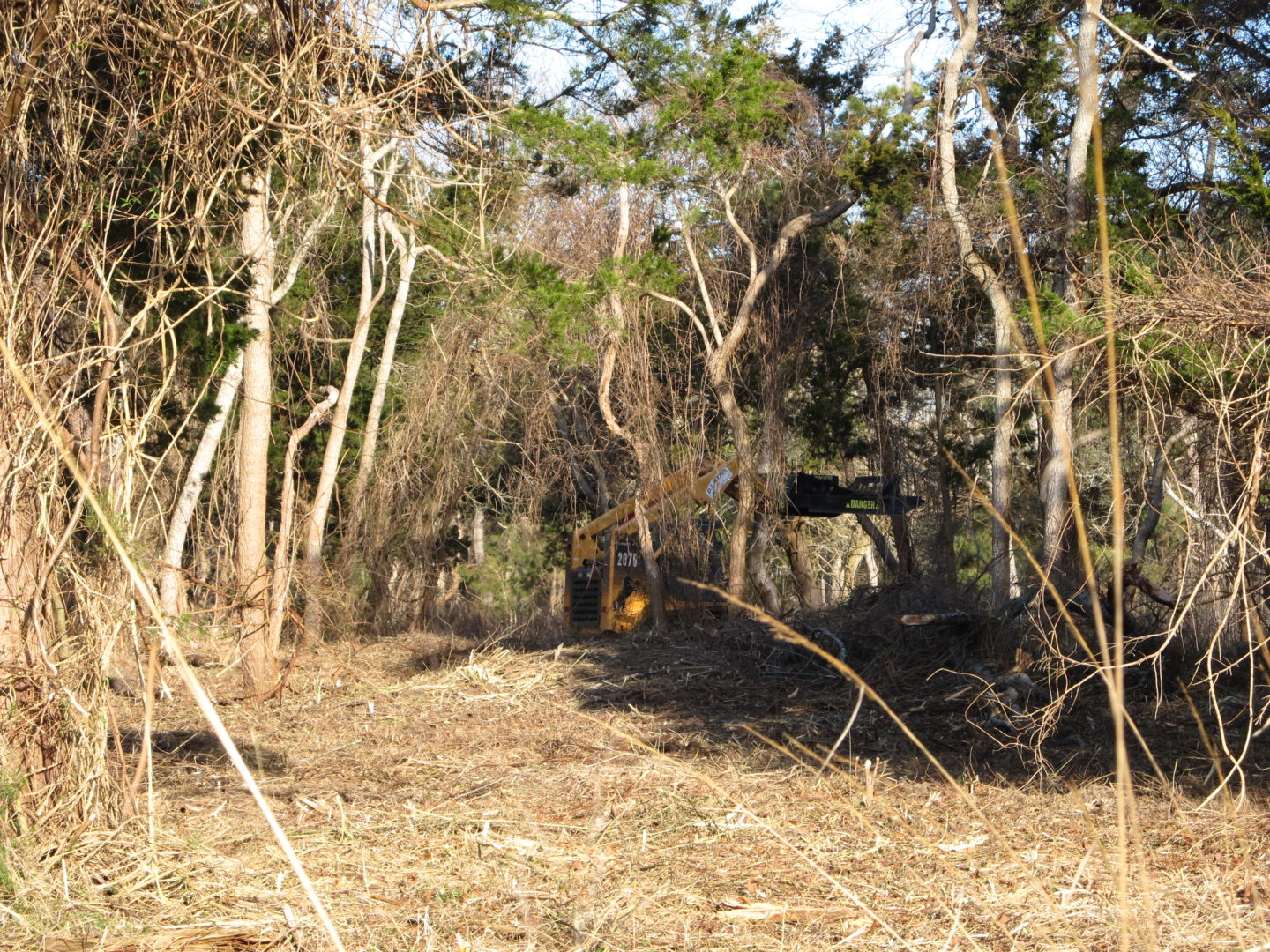
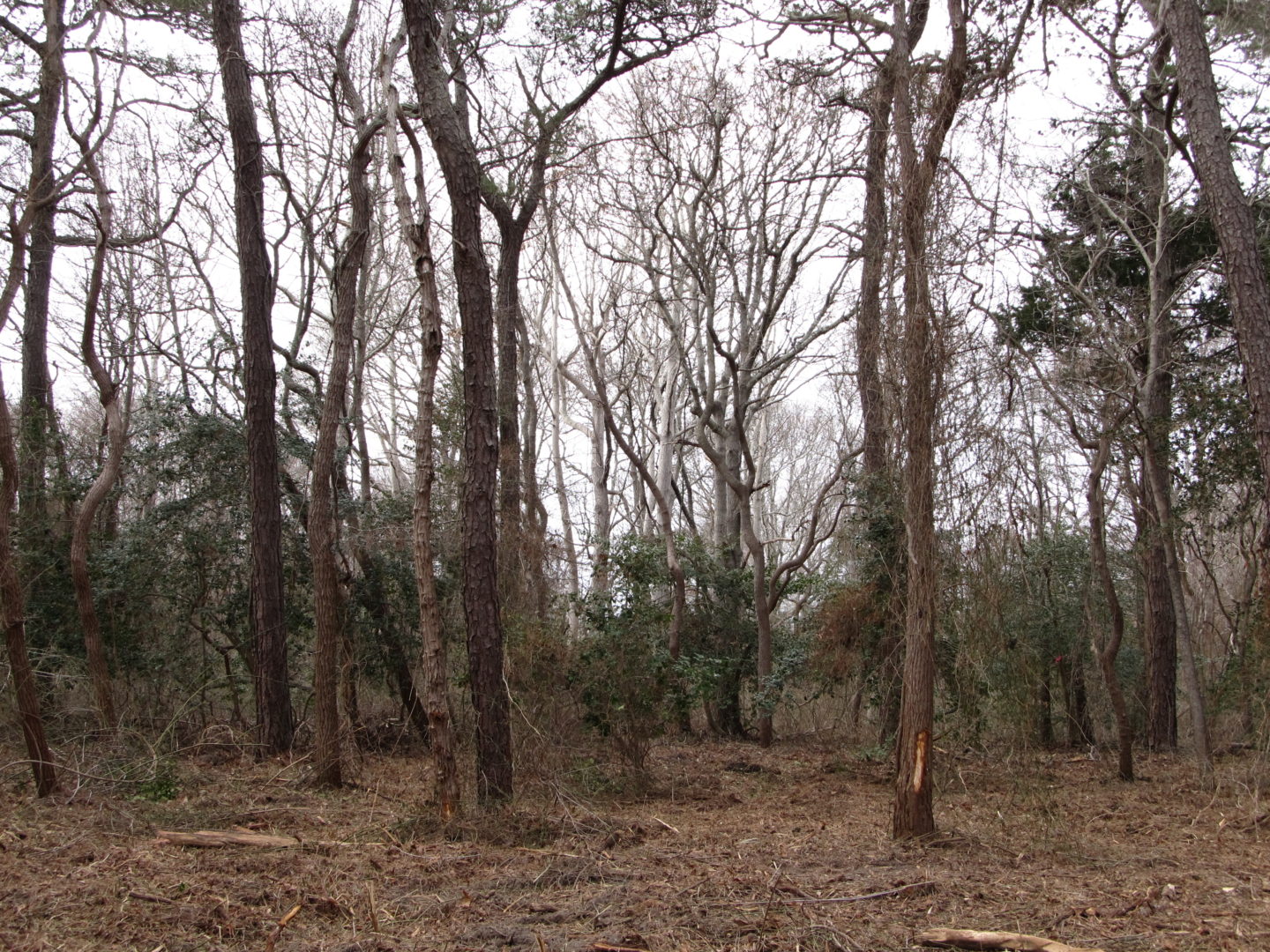
December 2014: Funding was secured to expand the project.
September 2014: Press event is held at the site to celebrate the overall success of the project. Press of Atlantic City
July 2014: Significant numbers of native plant species are beginning to regenerate at the site.
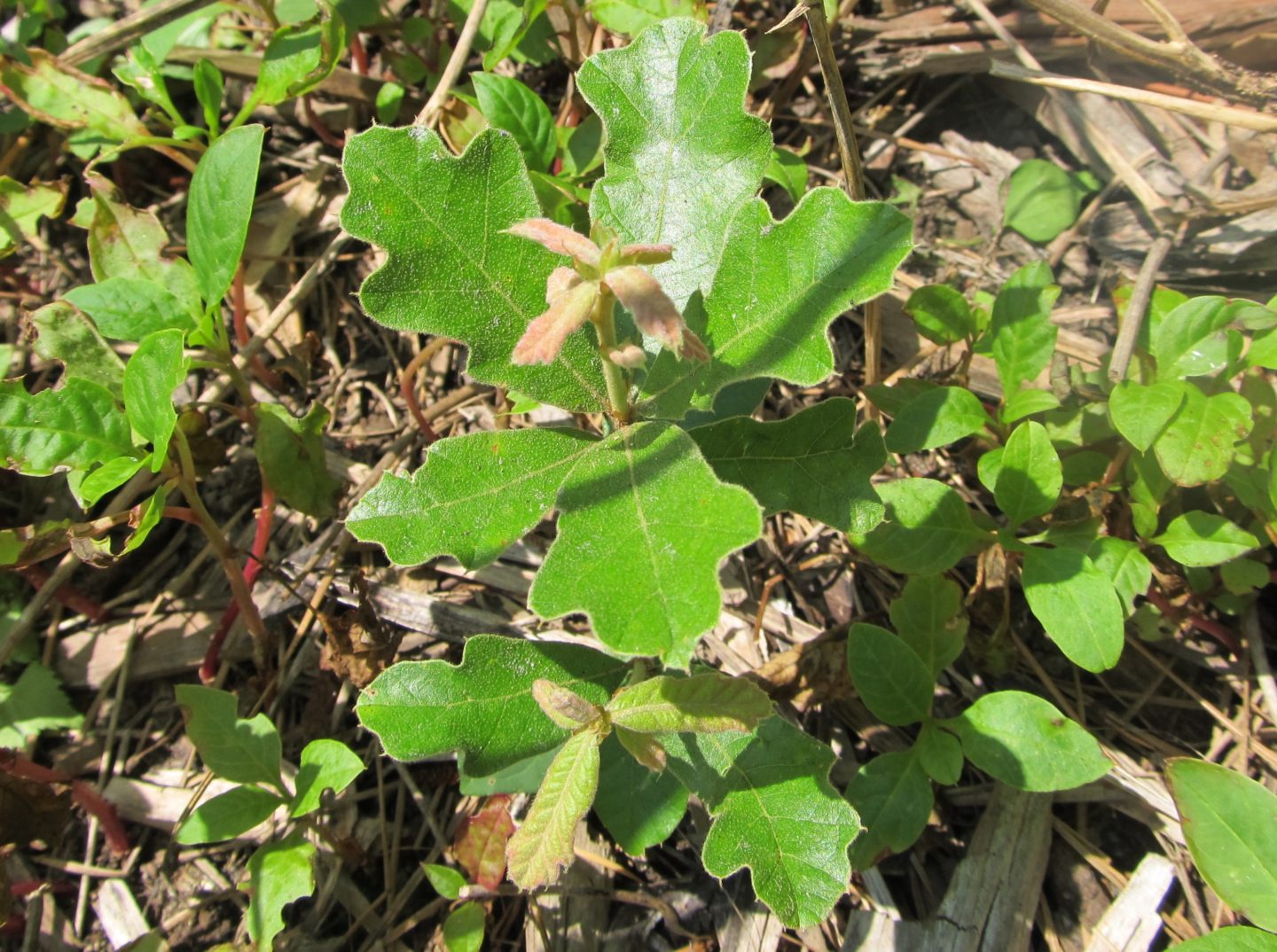
June 2014: Informational signage was posted along Seagrove Avenue describing non-native plant control.
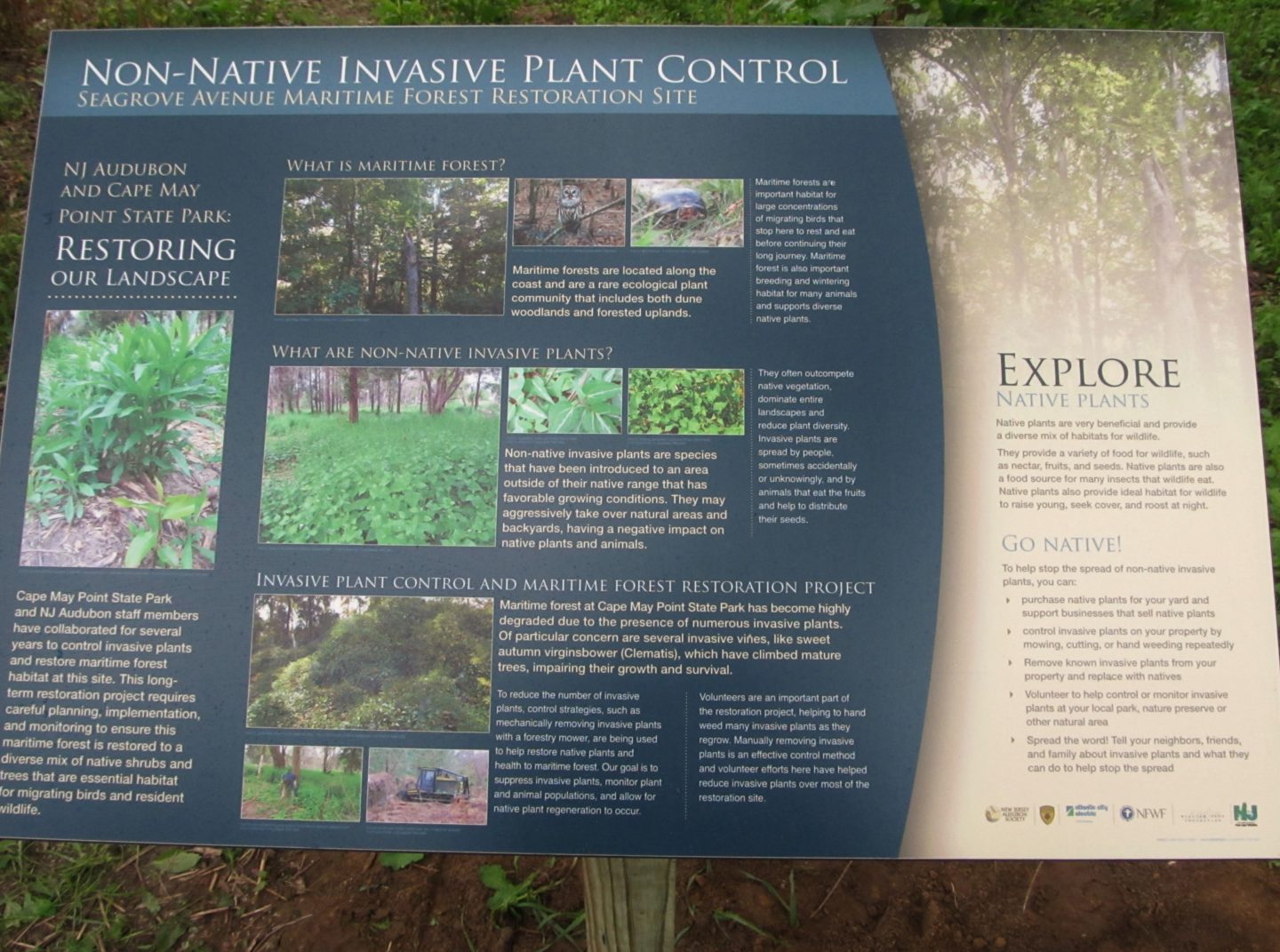
May 2014: NJ Invasive Species Strike Team and NJ Audubon held an invasive plant training at Cape May Point State Park.
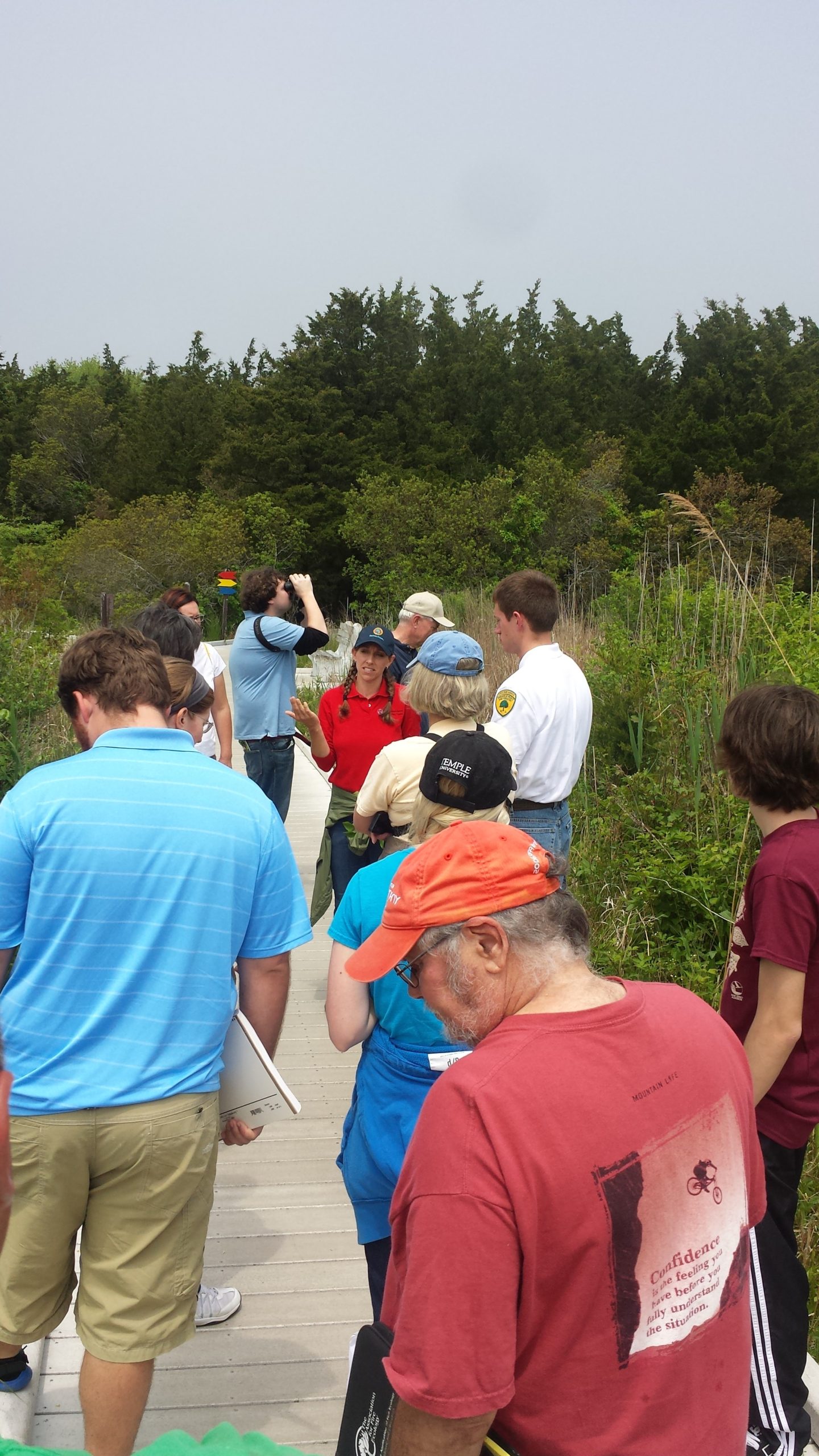
May 2014: New Jersey Audubon hosted a volunteer event to pull invasive plants for the restoration site.
March 2014: Forestry mowing is conducted to continue to control non-native invasive plants.
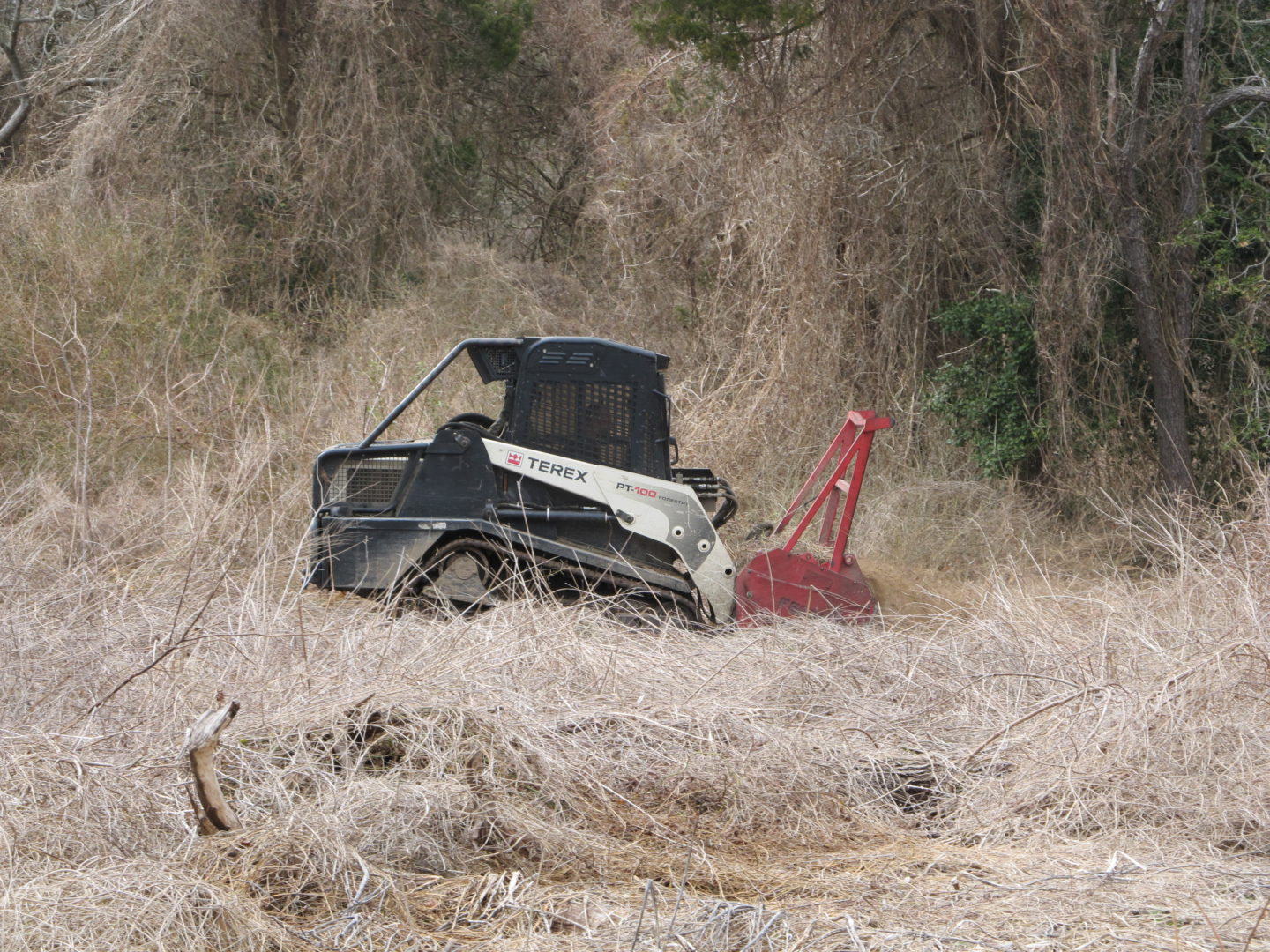
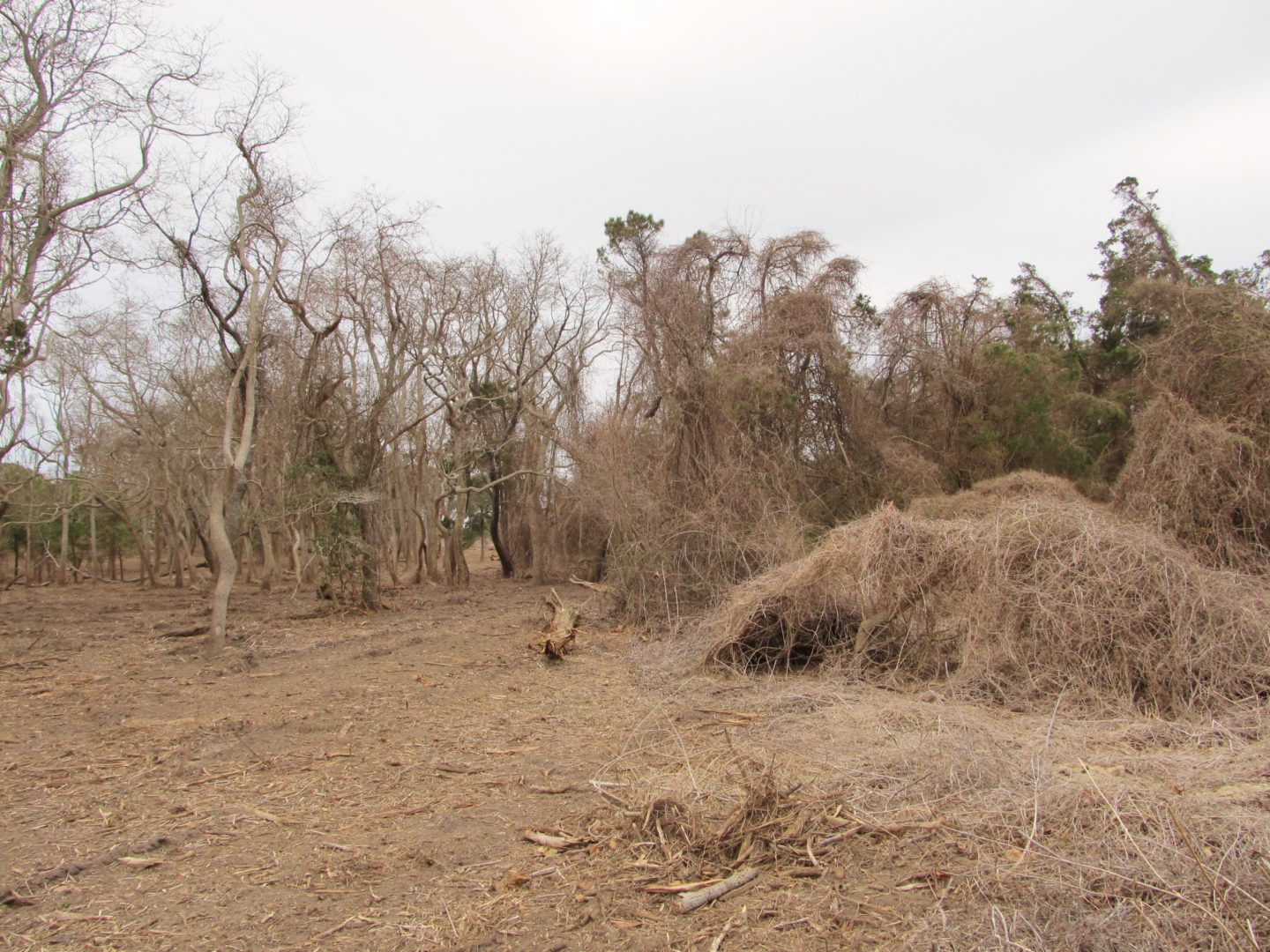
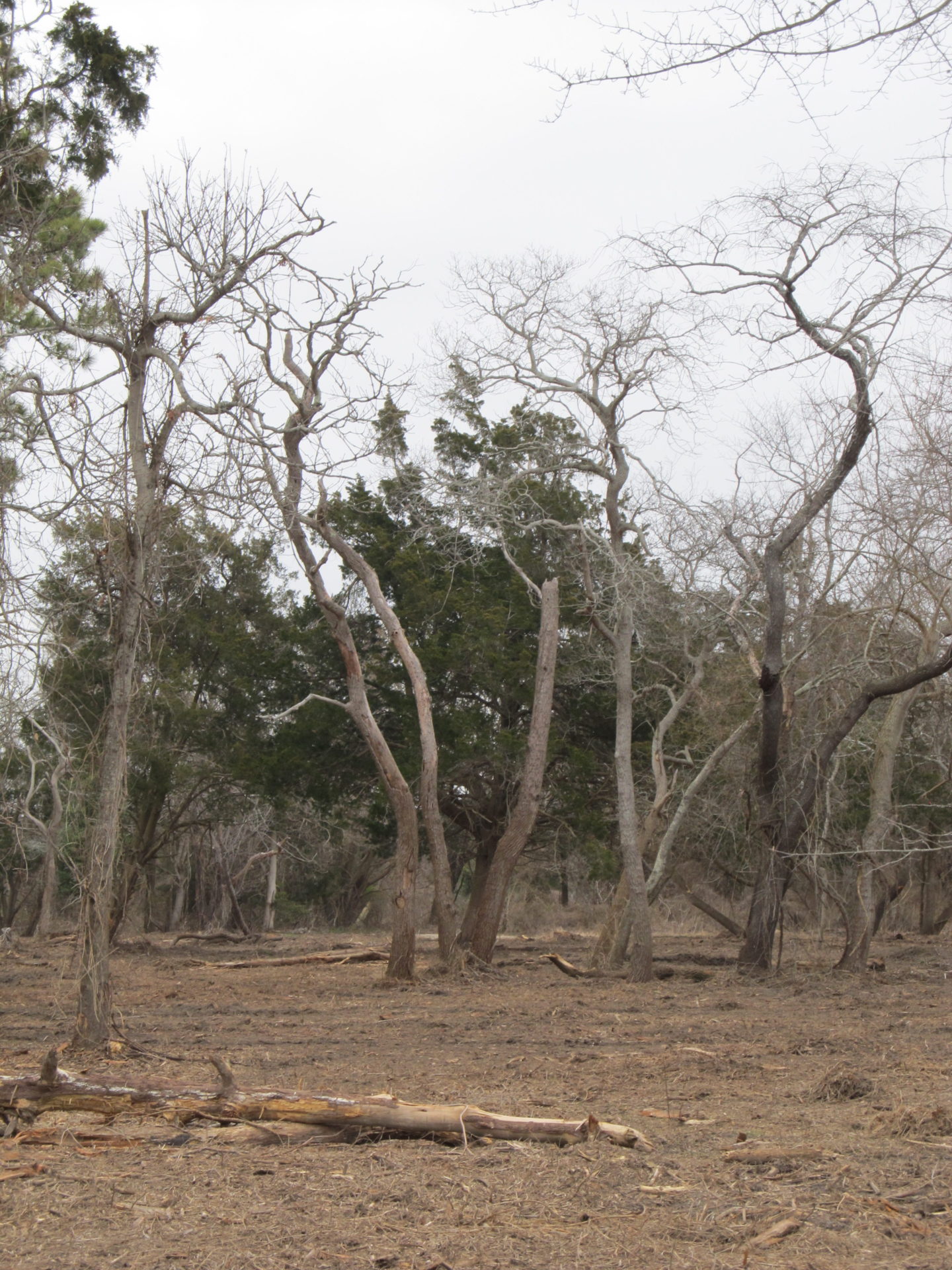
Summer 2013: Follow-up herbicide was conducted after mechanical and manual removal of non-native invasive plants.
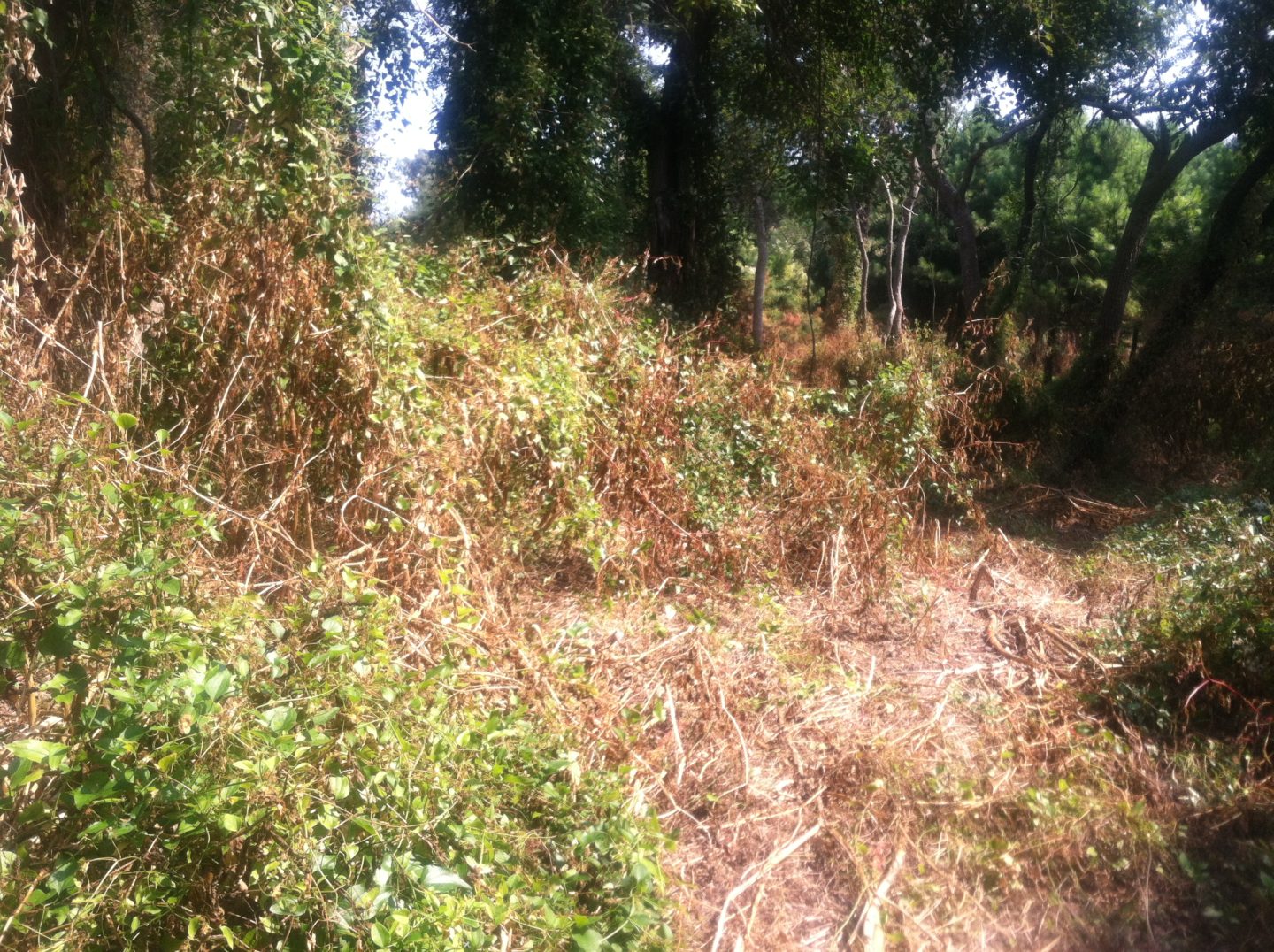
June 2013: New Jersey Audubon hosted a volunteer event to pull invasive plants for the restoration site.
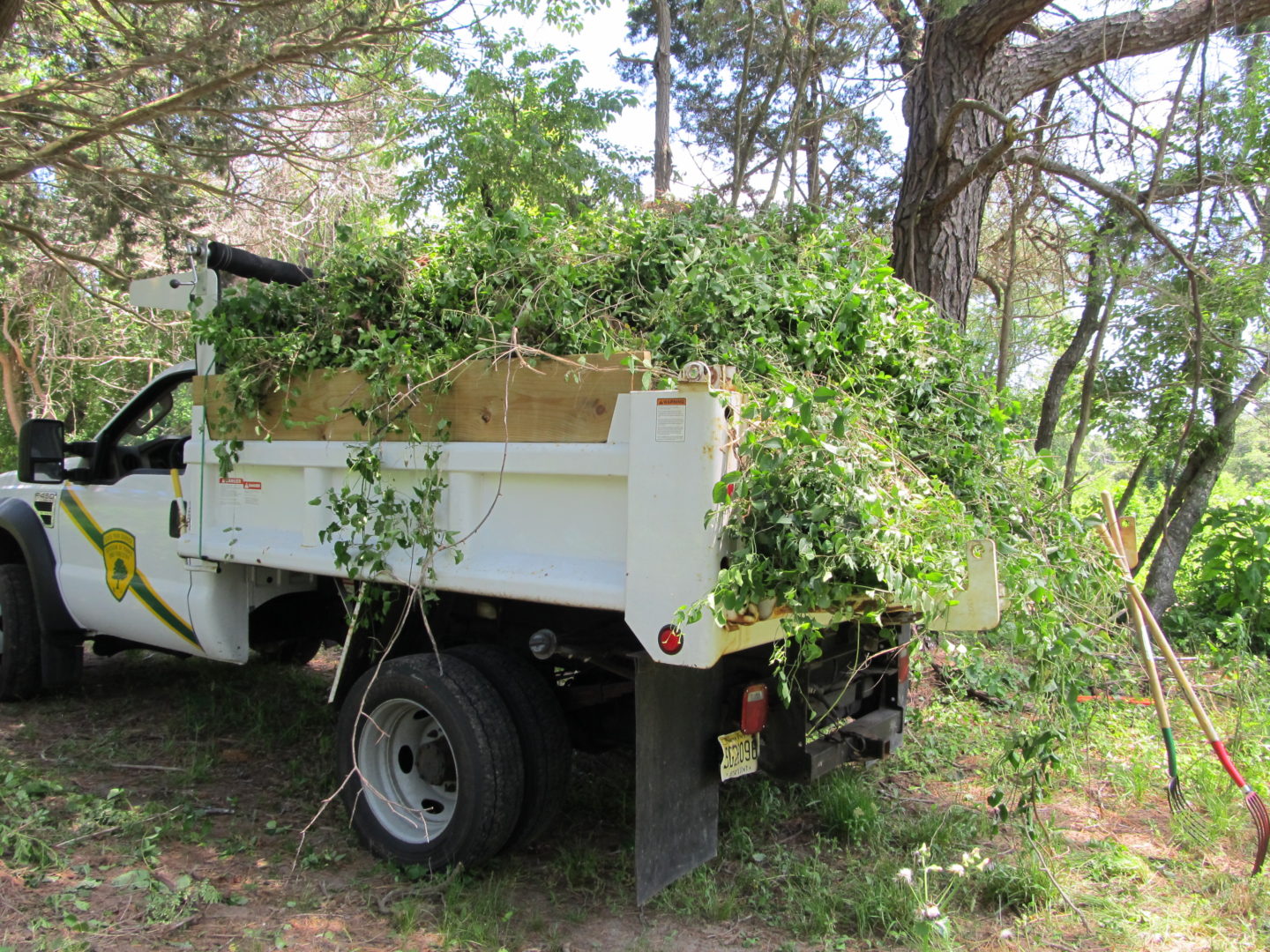
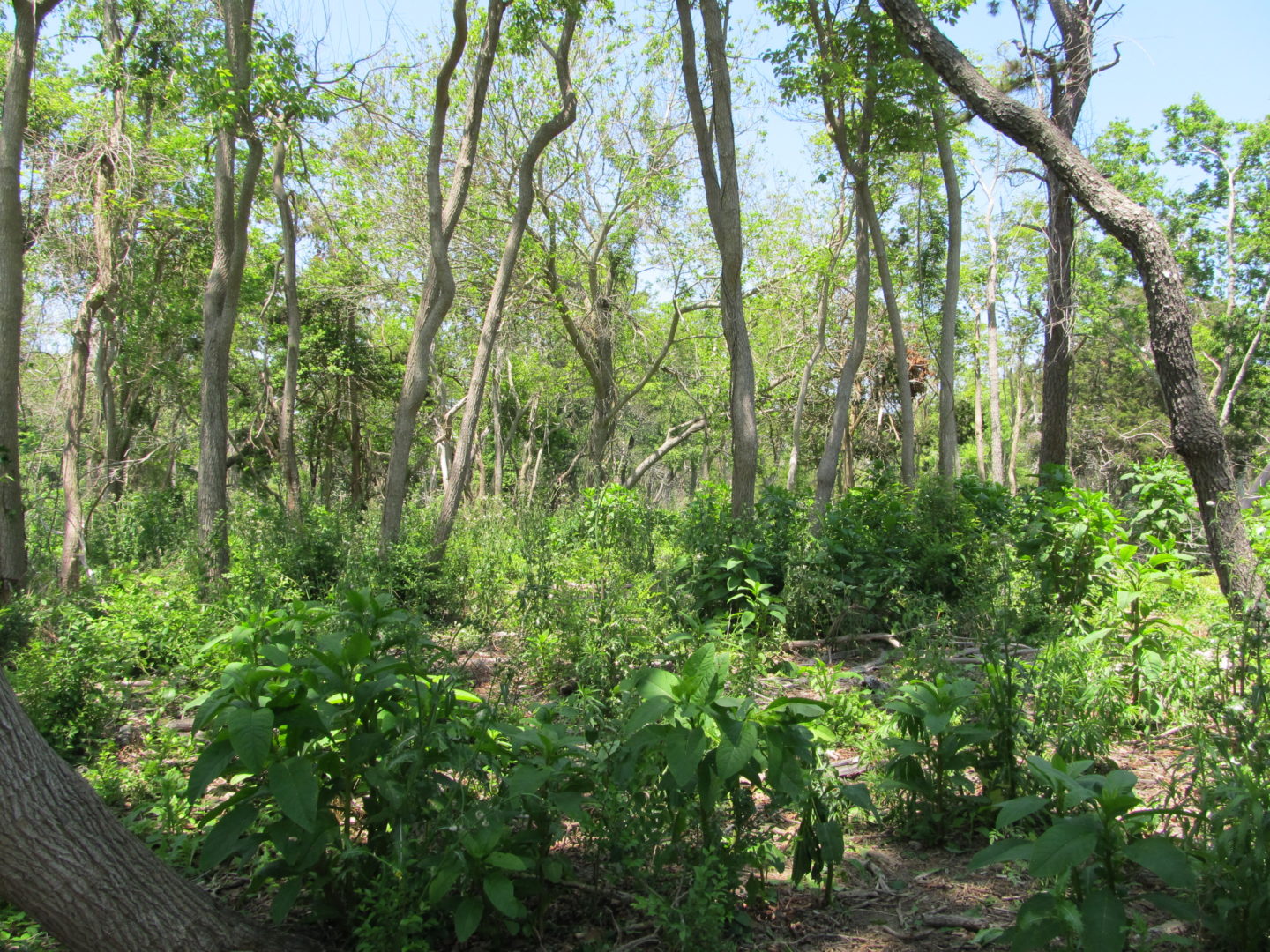
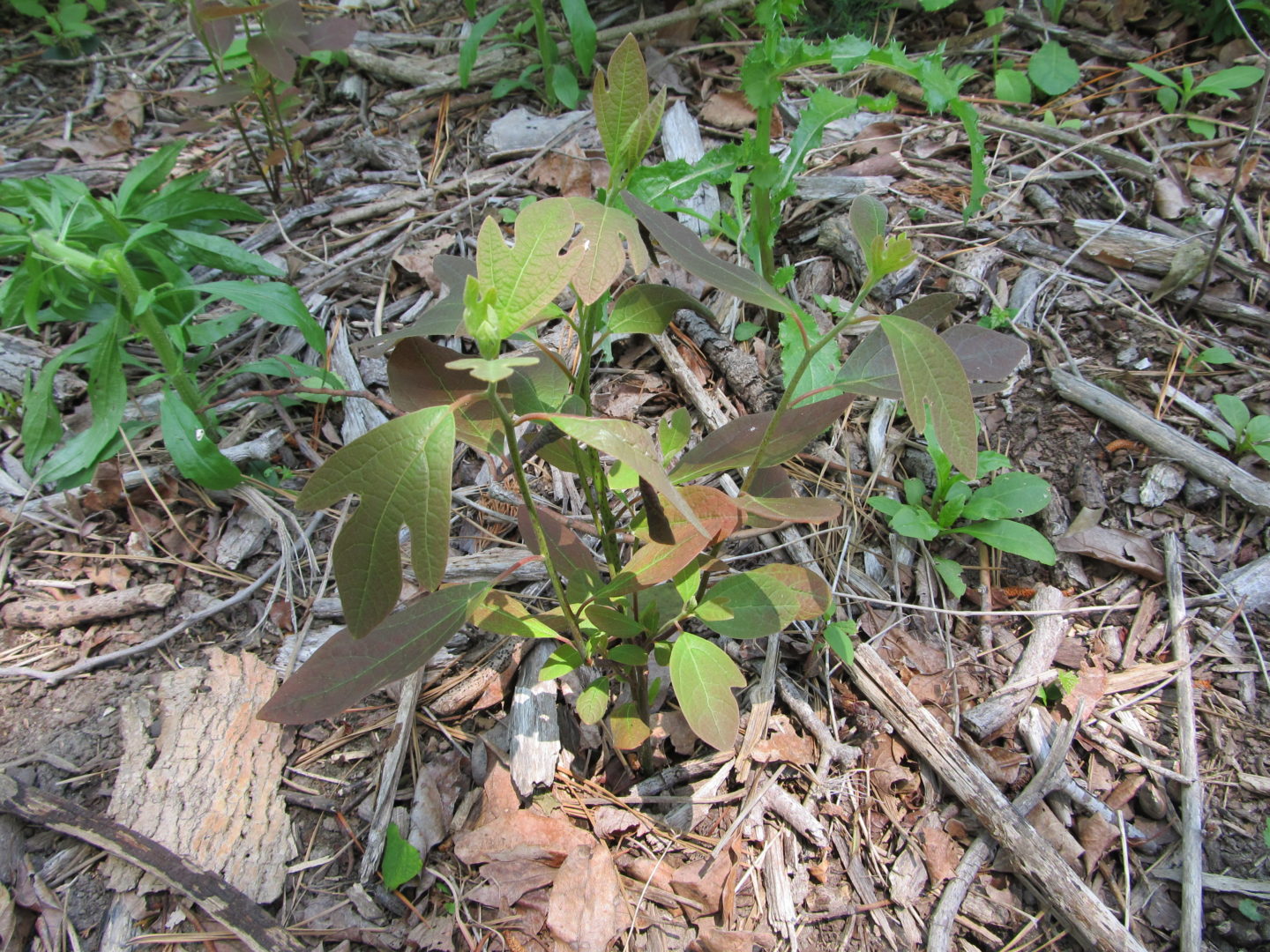
May 2013: New Jersey Audubon hosted a volunteer event to pull invasive plants for the restoration site.
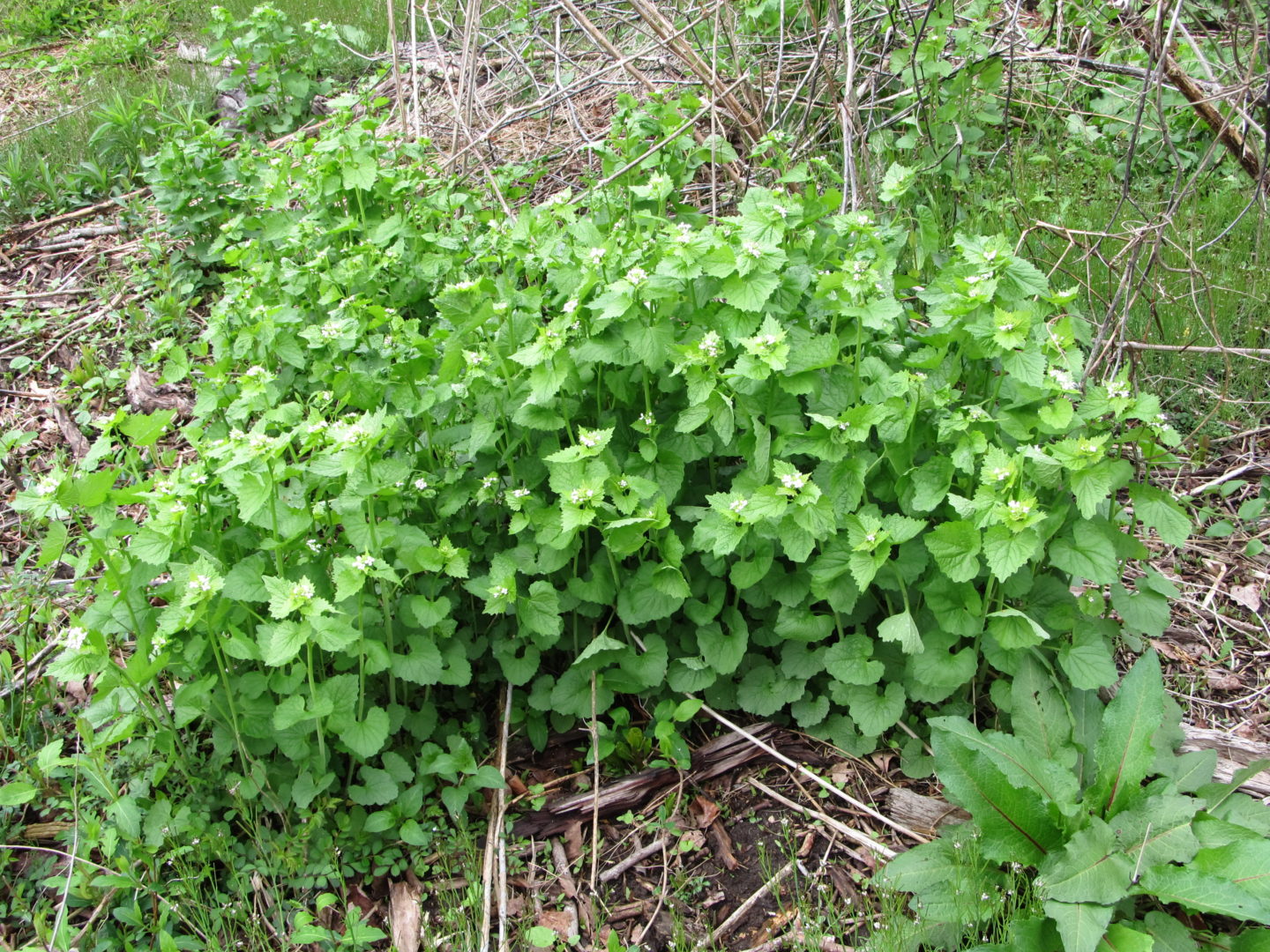
February 2012: Mechanical removal of invasive vines and shrubs is conducted again to help reduce the amount of non-native invasive plants.
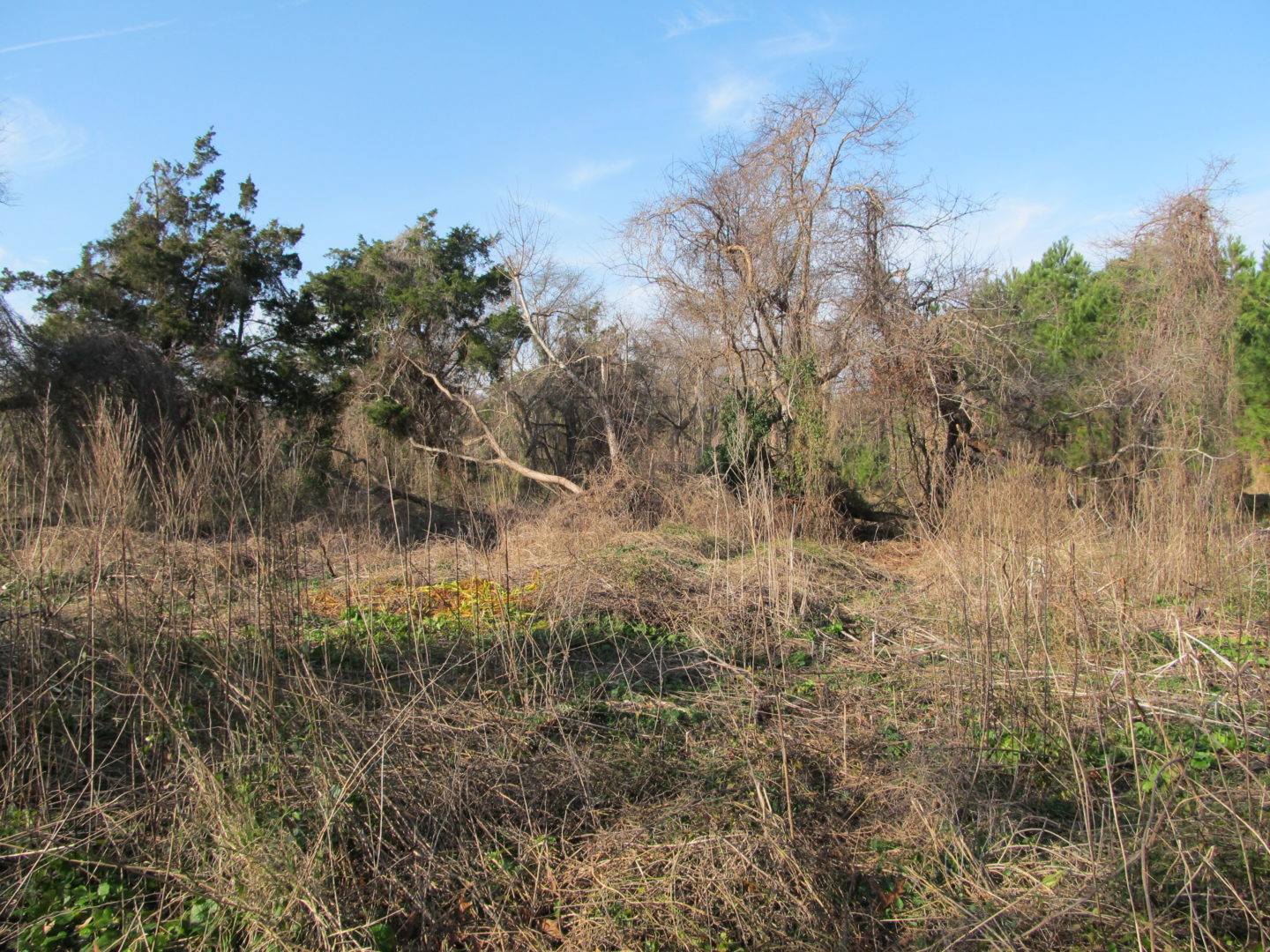
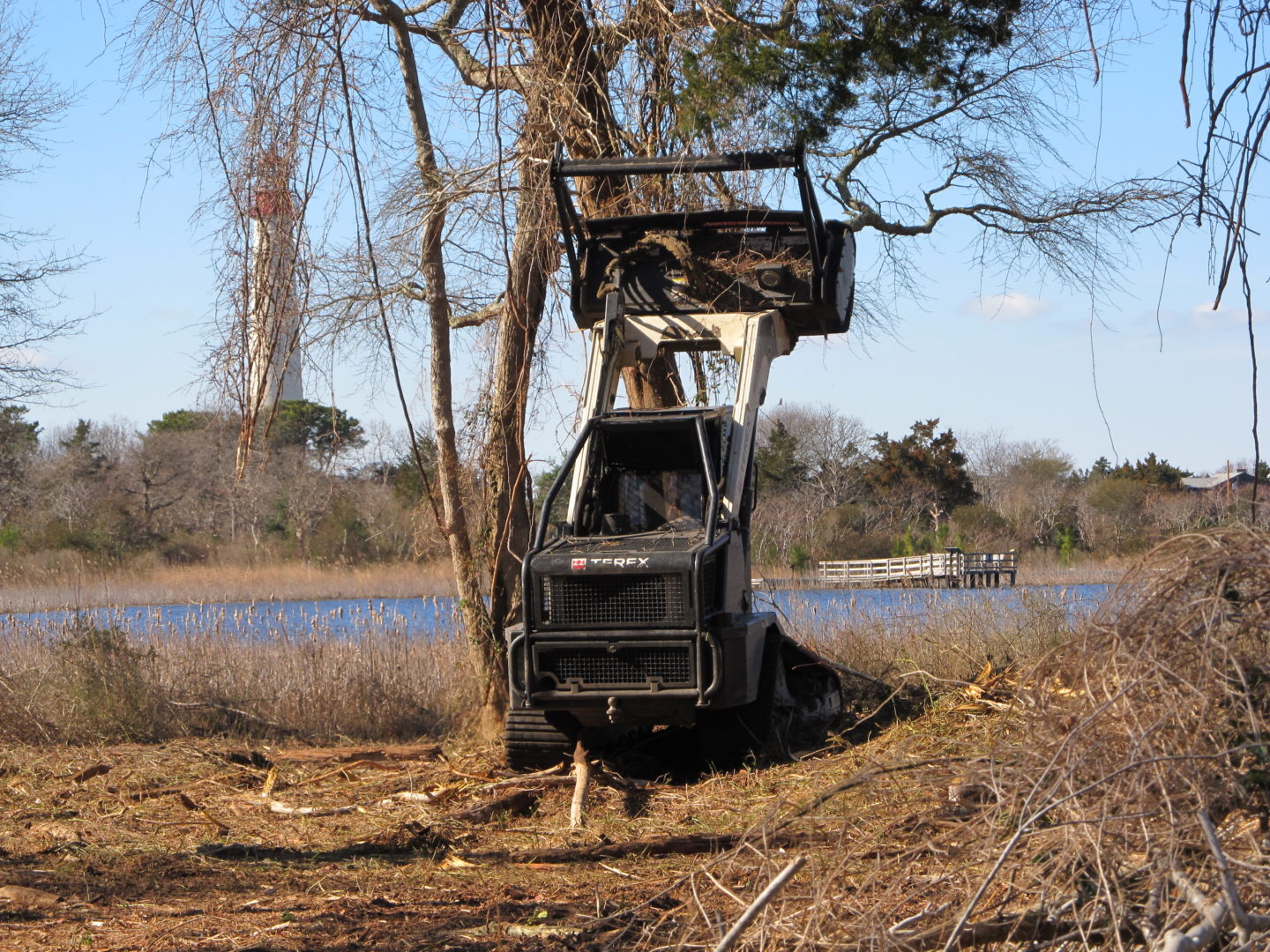
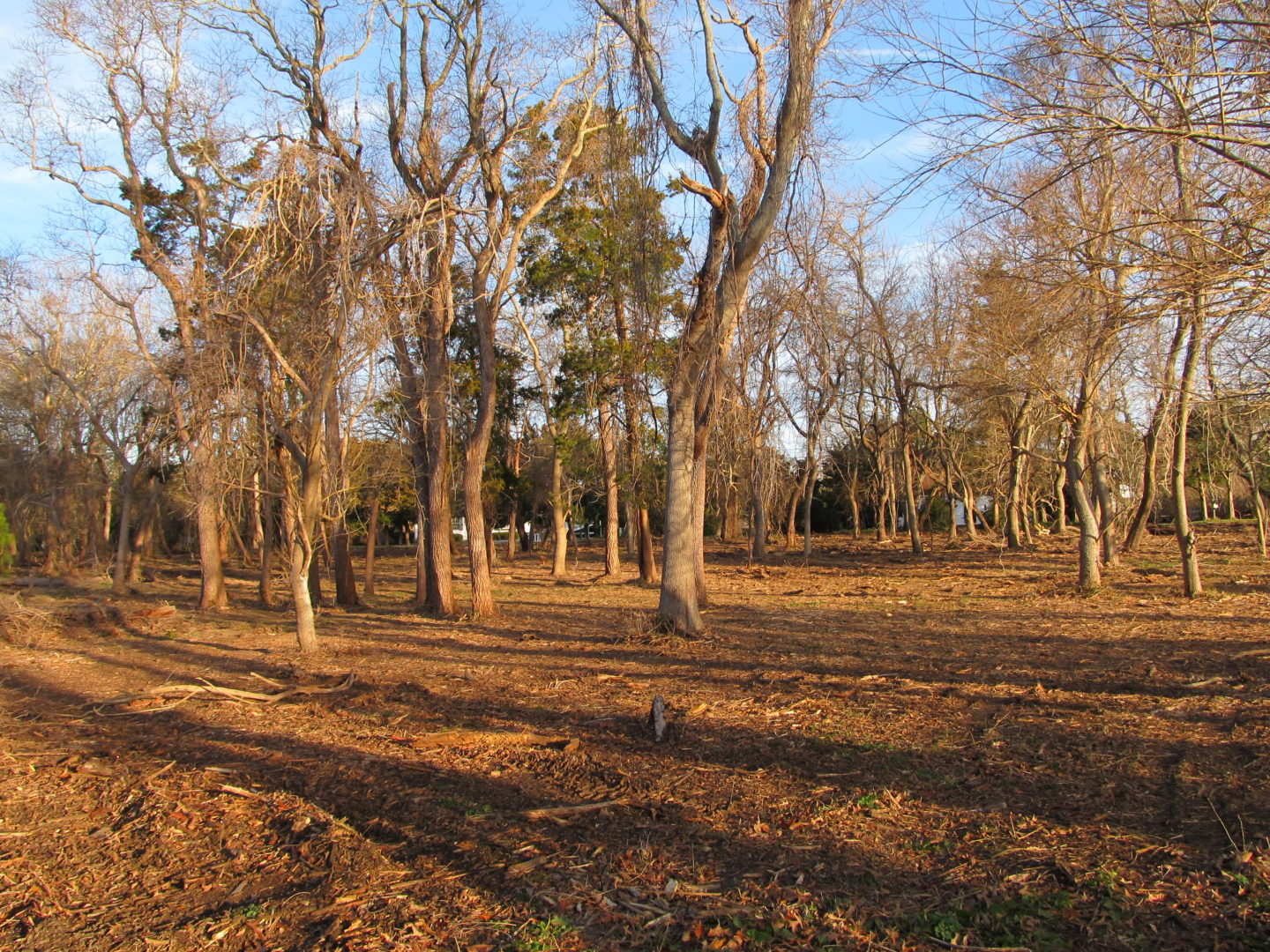
May 2012: New Jersey Audubon hosted a volunteer event to pull invasive plants for the restoration site.
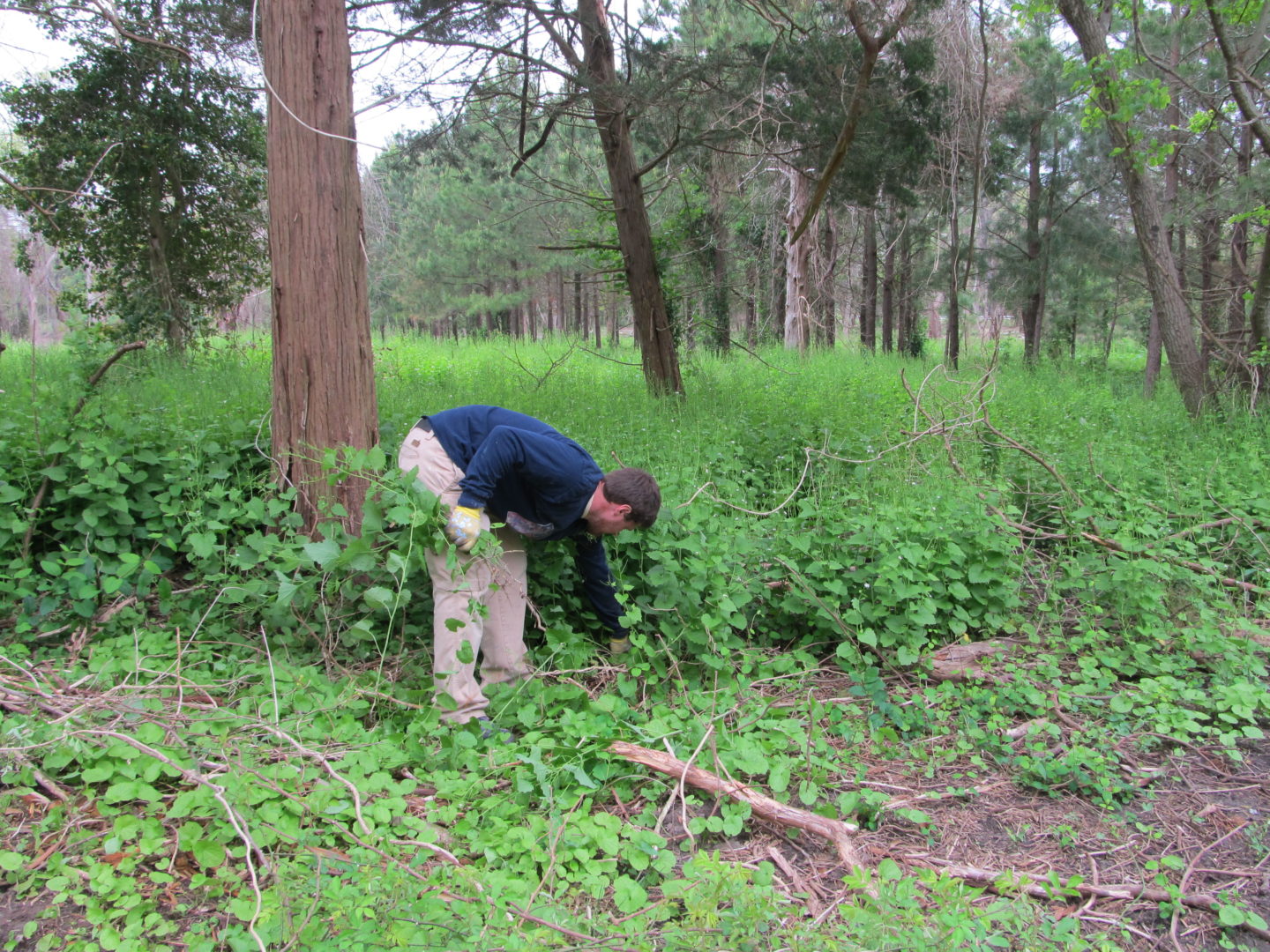
May 2012: New Jersey Audubon host an invasive plant workshop at the Nature Center of Cape May.
June 2012: New Jersey Audubon hosted a volunteer event to pull invasive plants for the restoration site.
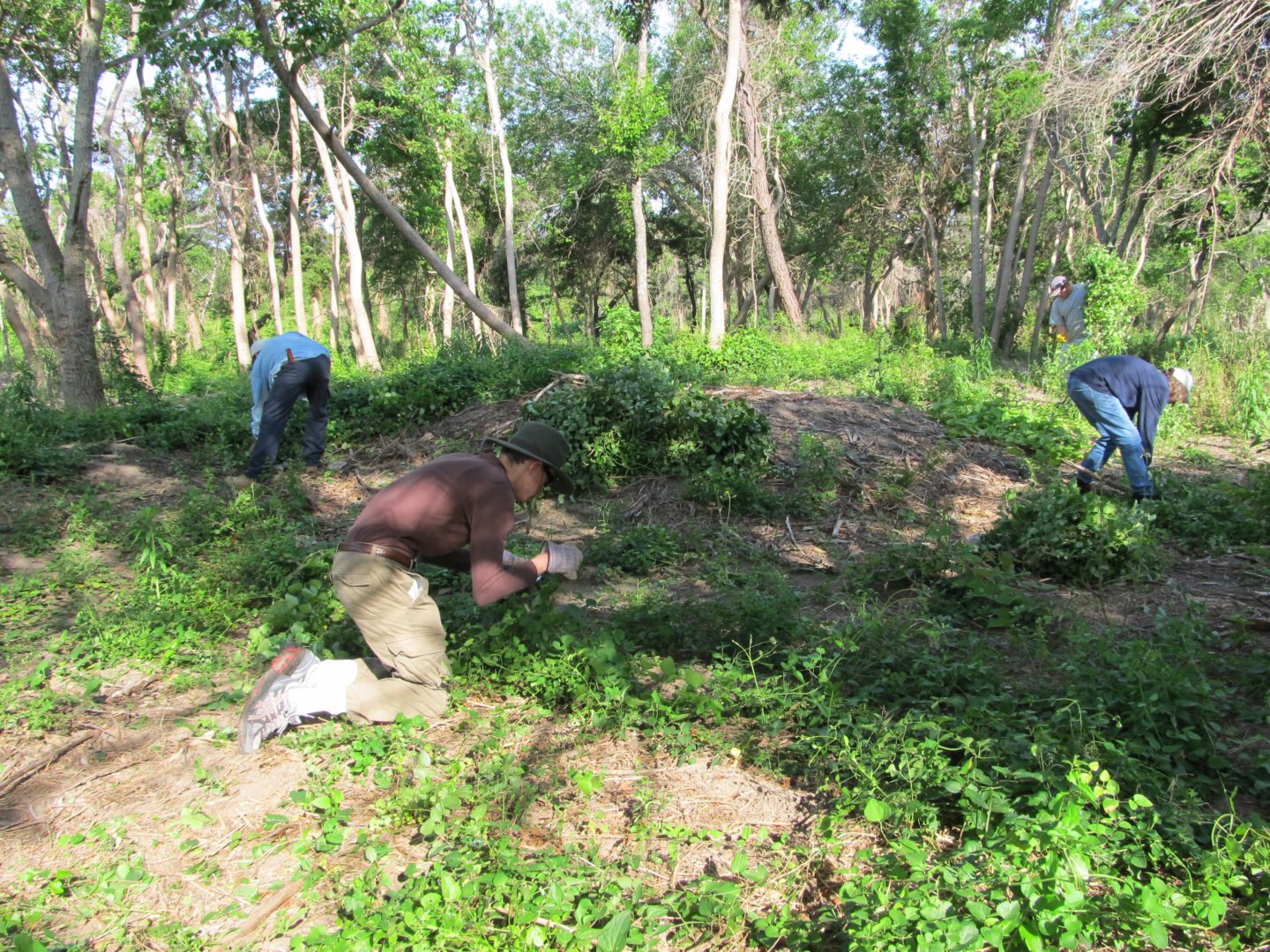
Summer 2012: Follow-up herbicide treatment was conducted after mechanical and manual removal of non-native invasive plants.
October 2012: Press of Atlantic City did a story on invasive plant management in Cape May County
Early Spring 2011: New Jersey Audubon and NJ Division of Parks & Forestry used a forestry mower to clear out much of the invasive vines and shrubs along Seagrove Avenue. This technique is conducted in February or March to minimize disturbance to wintering wildlife and native plants.
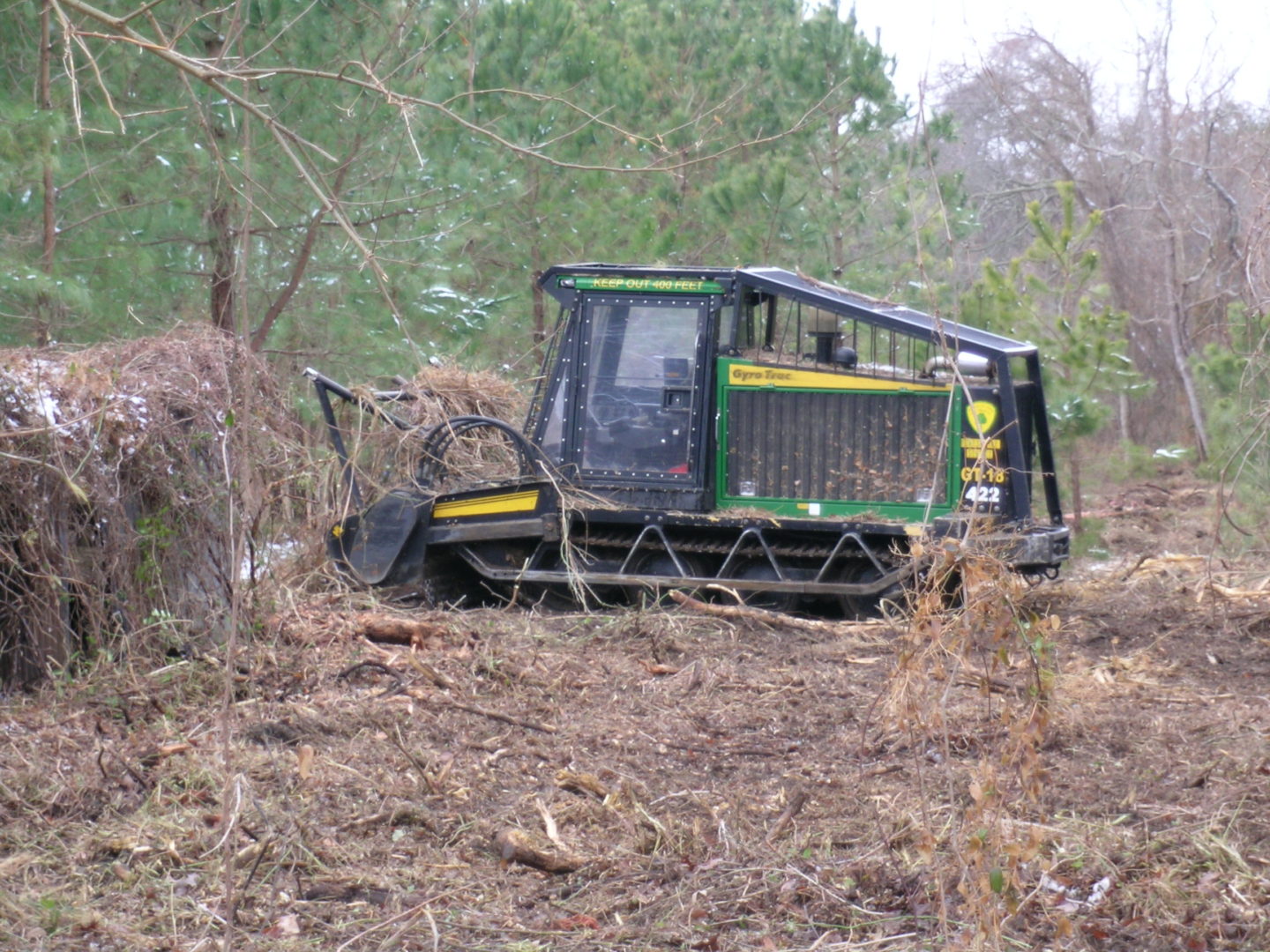
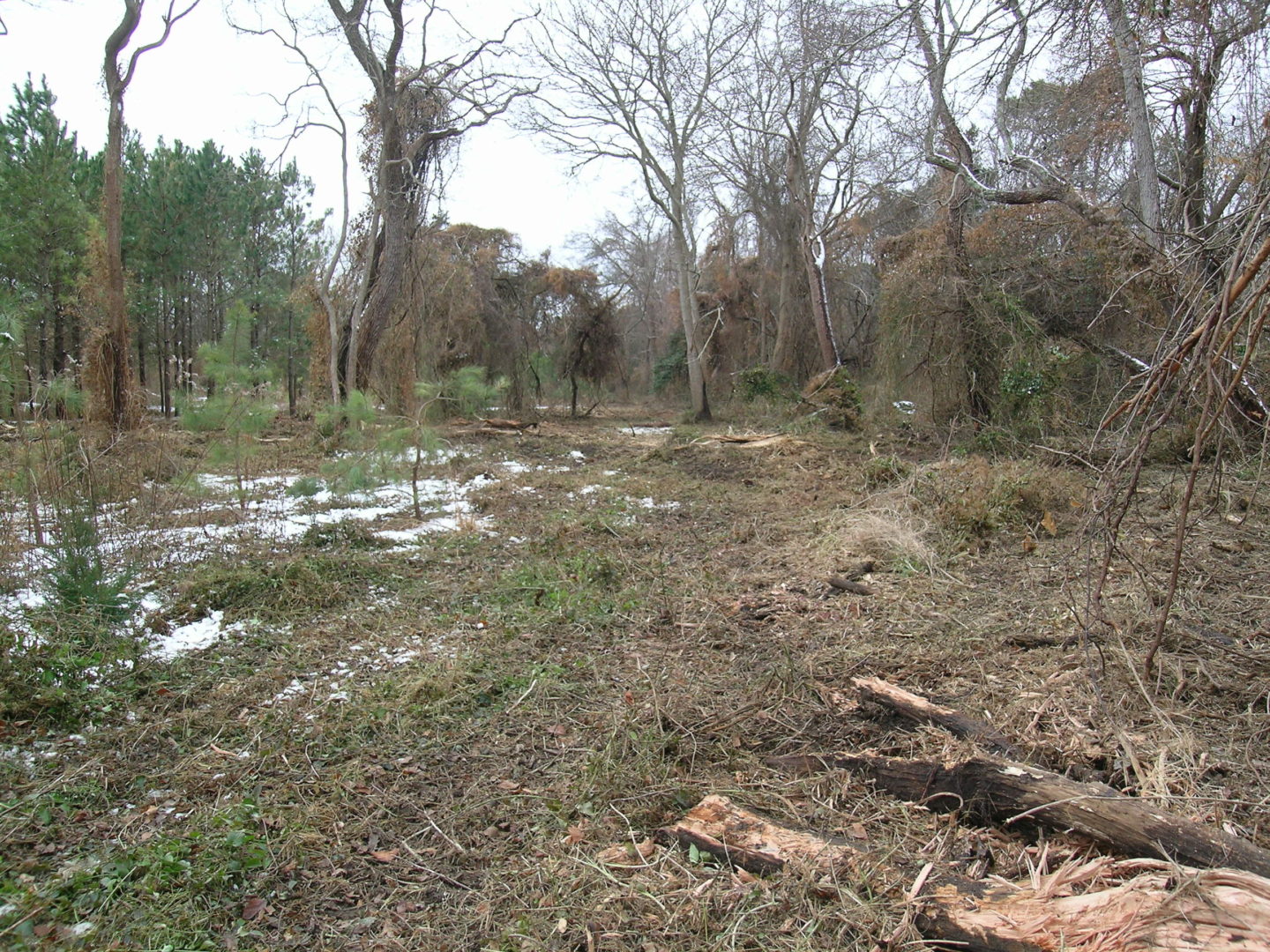
Summer 2011: New Jersey Audubon and Cape May Point State Park apply herbicide to invasive vegetation. This is a necessary management technique that, when combined with mechanical and manual removal, is very effective at reducing non-native invasive plants.
June 2011: New Jersey Audubon hosted a volunteer event to pull invasive plants for the restoration site.
2010: Funding was secured to begin forest restoration work on 5.5 acres along Seagrove Avenue, one of the sites identified in the plan developed by Cape May Point State Park.
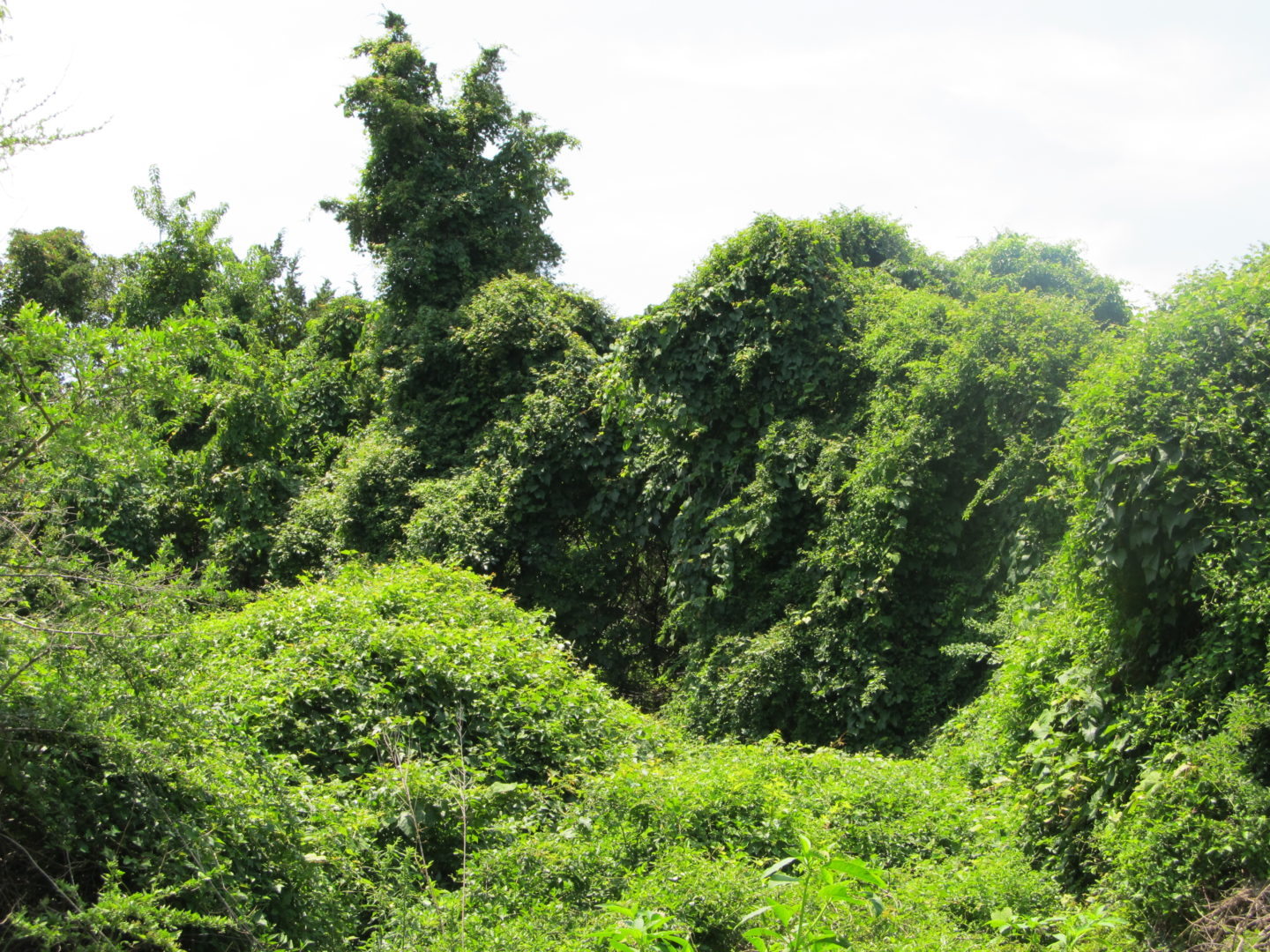
2005: Cape May Point State Park staff developed a restoration project for much of Cape May Point State Park. The plan was presented to the Natural Areas Council. New Jersey Audubon staff began a partnership with the NJ Division of Parks & Forestry and Cape May Point State Park staff.




